- One of the only small SUVs that can go off-road
- Solid ride and handling balance
- Loaded with standard equipment
- Lacklustre drivetrain
- Small boot and high boot lip
- Interior quality doesn't match other new Subarus
In the automotive industry, loyalty has traditionally been a big driver of new car sales, especially in Australia where our general bluntness will make sure of if we like our new car (or not). Unsurprisingly, Toyota owners are generally regarded to be the most brand loyal new car buyers but we think they’re nothing next to another Japanese brand: Subaru. Subaru buyers are fiercely loyal and in regions like the Snowy Mountains, local Subaru dealers report some of the highest sales in the world. Will the Subaru crowd like the 2023 Subaru Crosstrek 2.0S? Let’s find out.
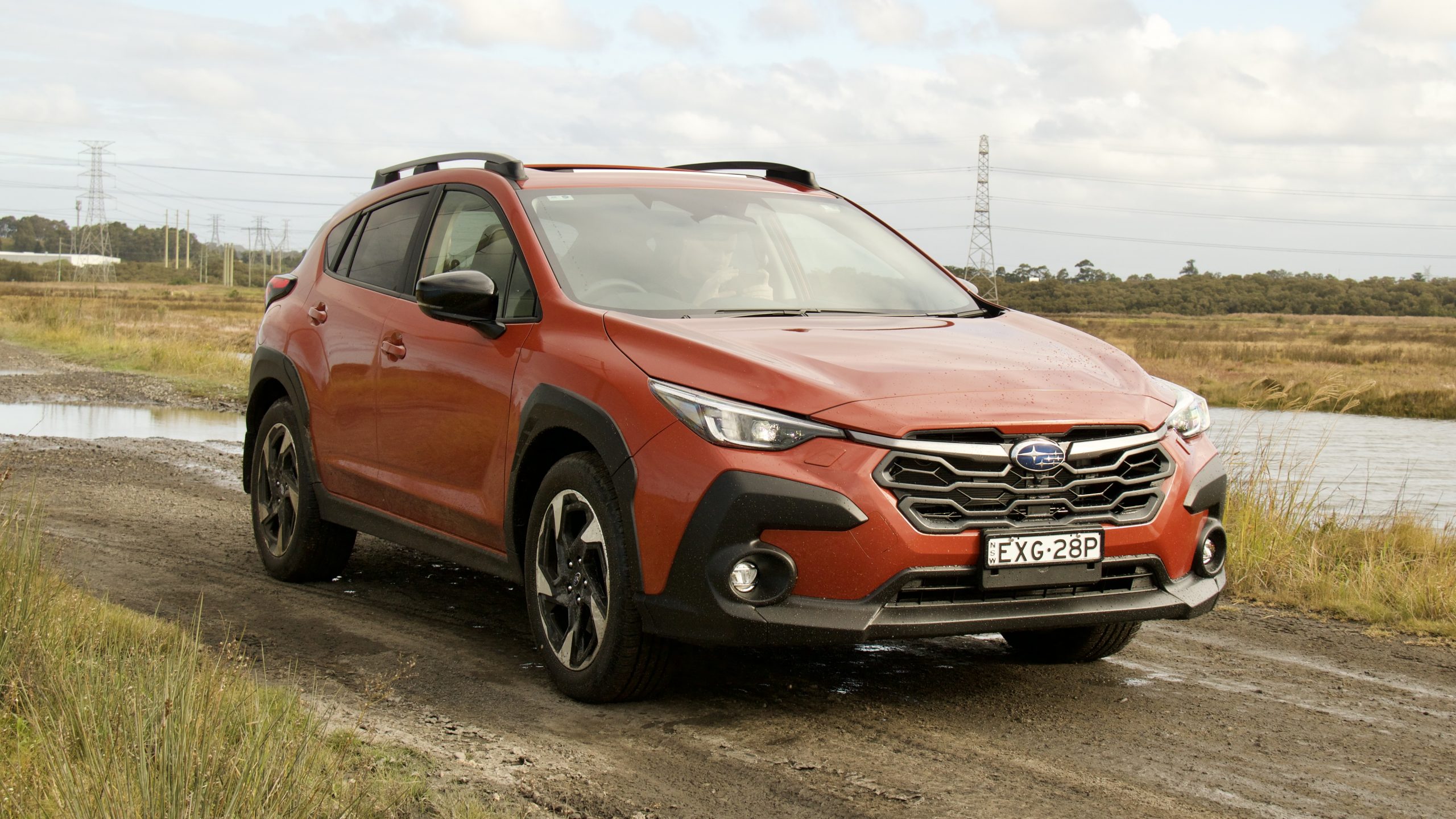
A Subaru Crosswhat?, we hear you ask? Ah yes, the Crosstrek is the replacement for the successful XV, itself essentially a lifted Impreza hatchback. The Crosstrek name has replaced XV globally as it fits better in the brand’s naming structure, according to Subaru, but the recipe is still the same: take the Impreza, raise its ride height, add some cladding and boom, it’s a whole new car. Don’t let the name change fool you: this is the next-generation XV.
Price & Equipment: 8/10
While the entry-level Crosstrek is priced from $34,990 plus on-road costs, we tested the top-spec petrol 2.0S, which is priced from $41,490 plus on-road costs – or around $46,500 drive away.
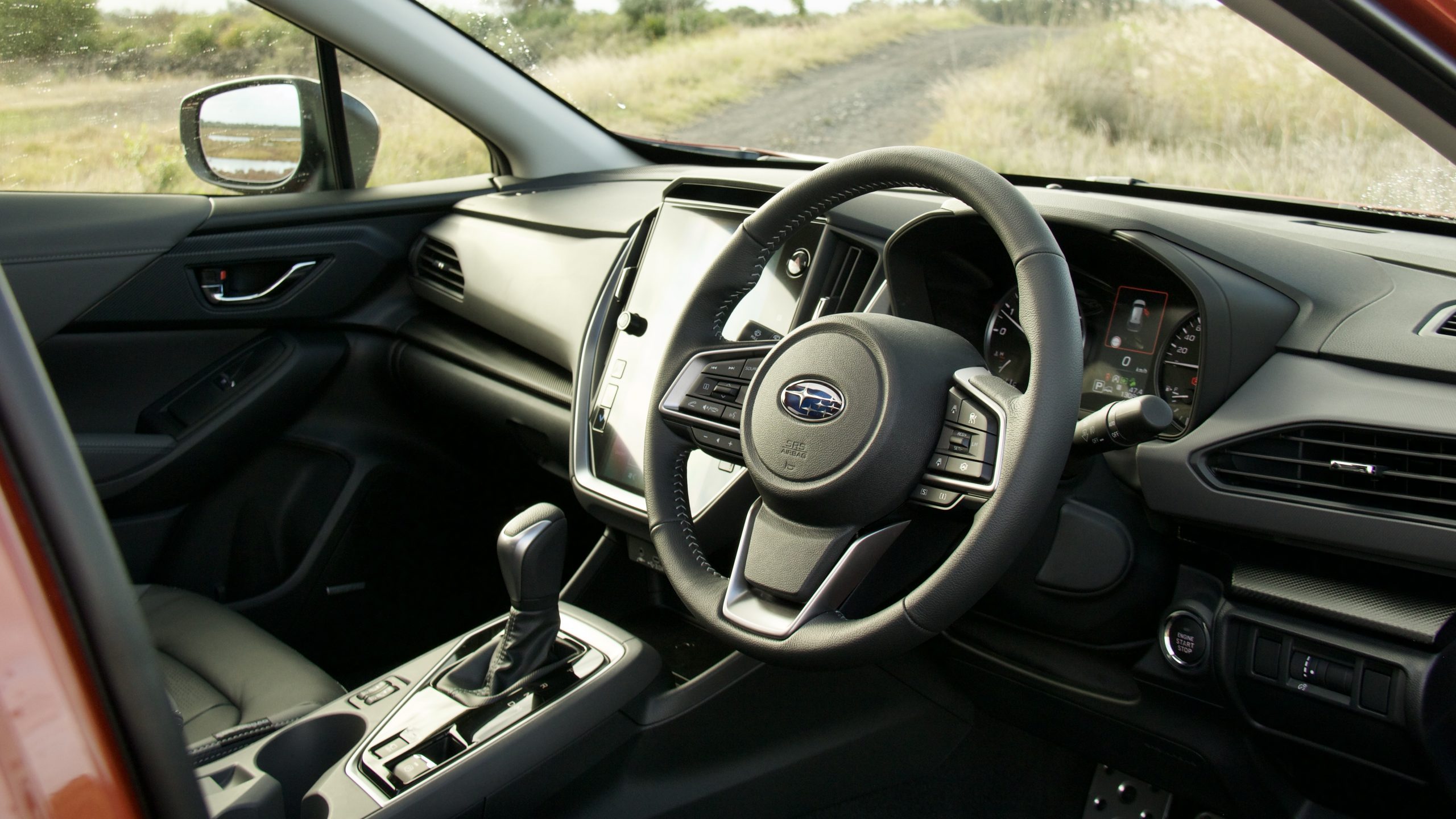
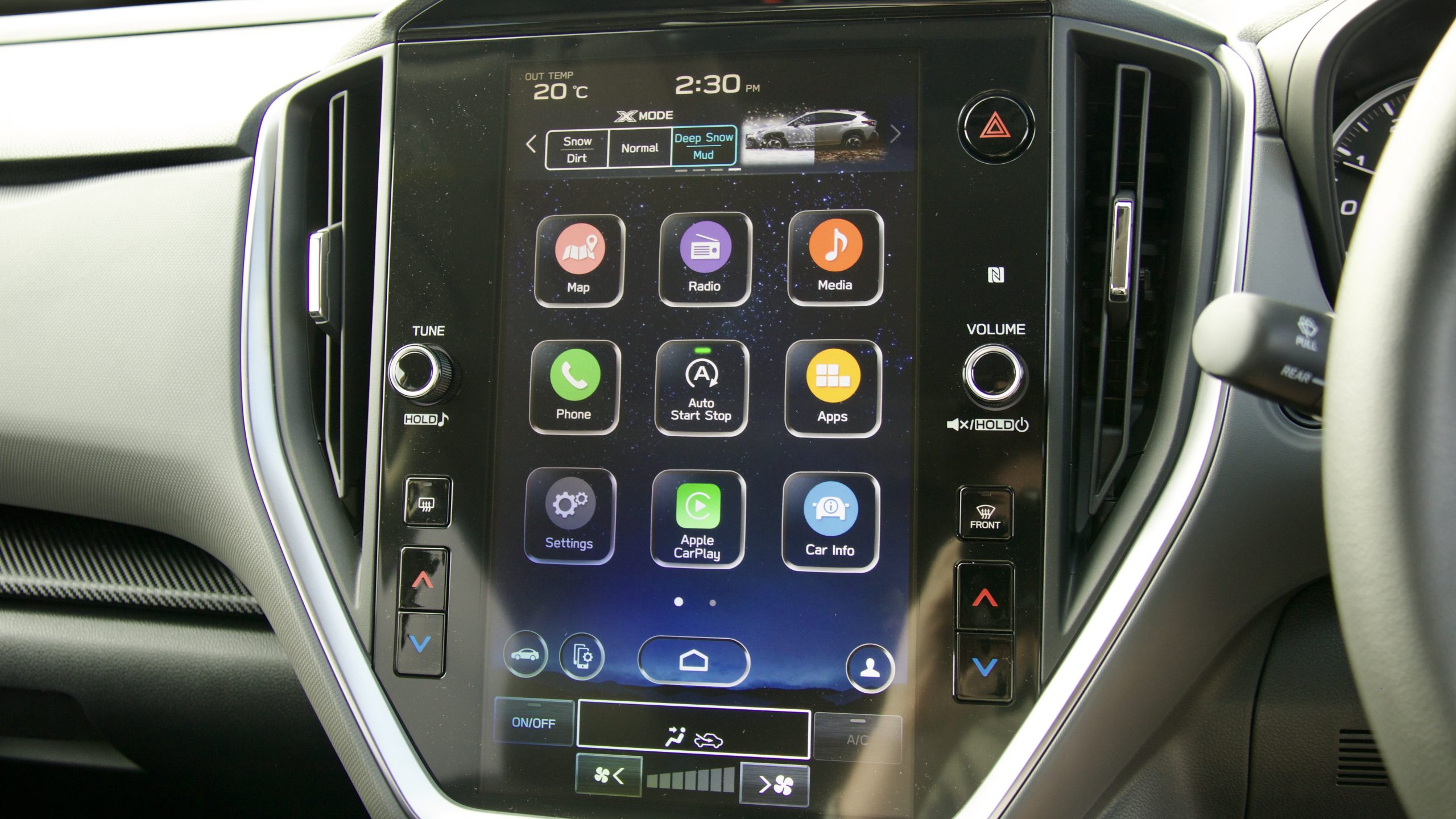
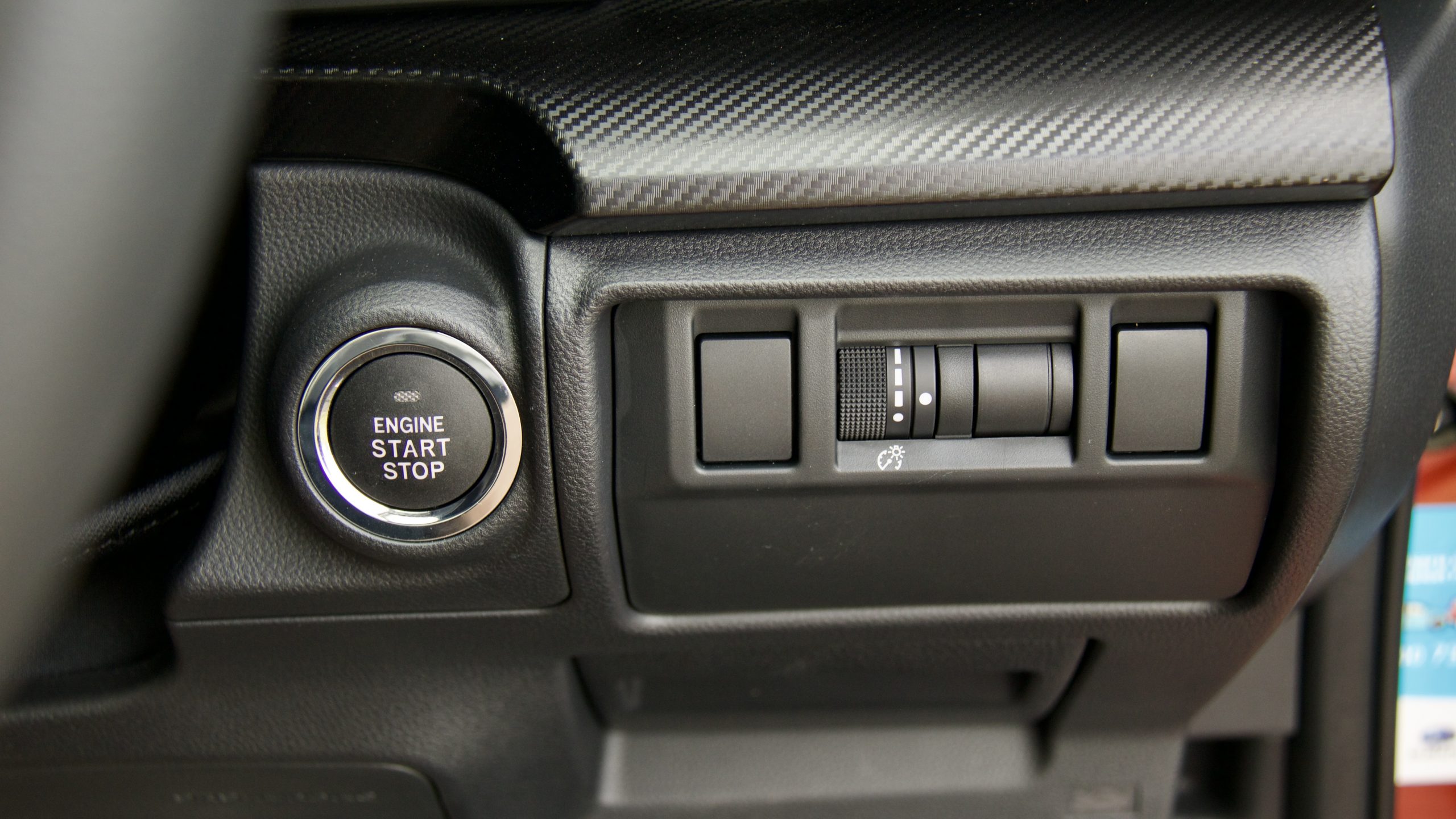
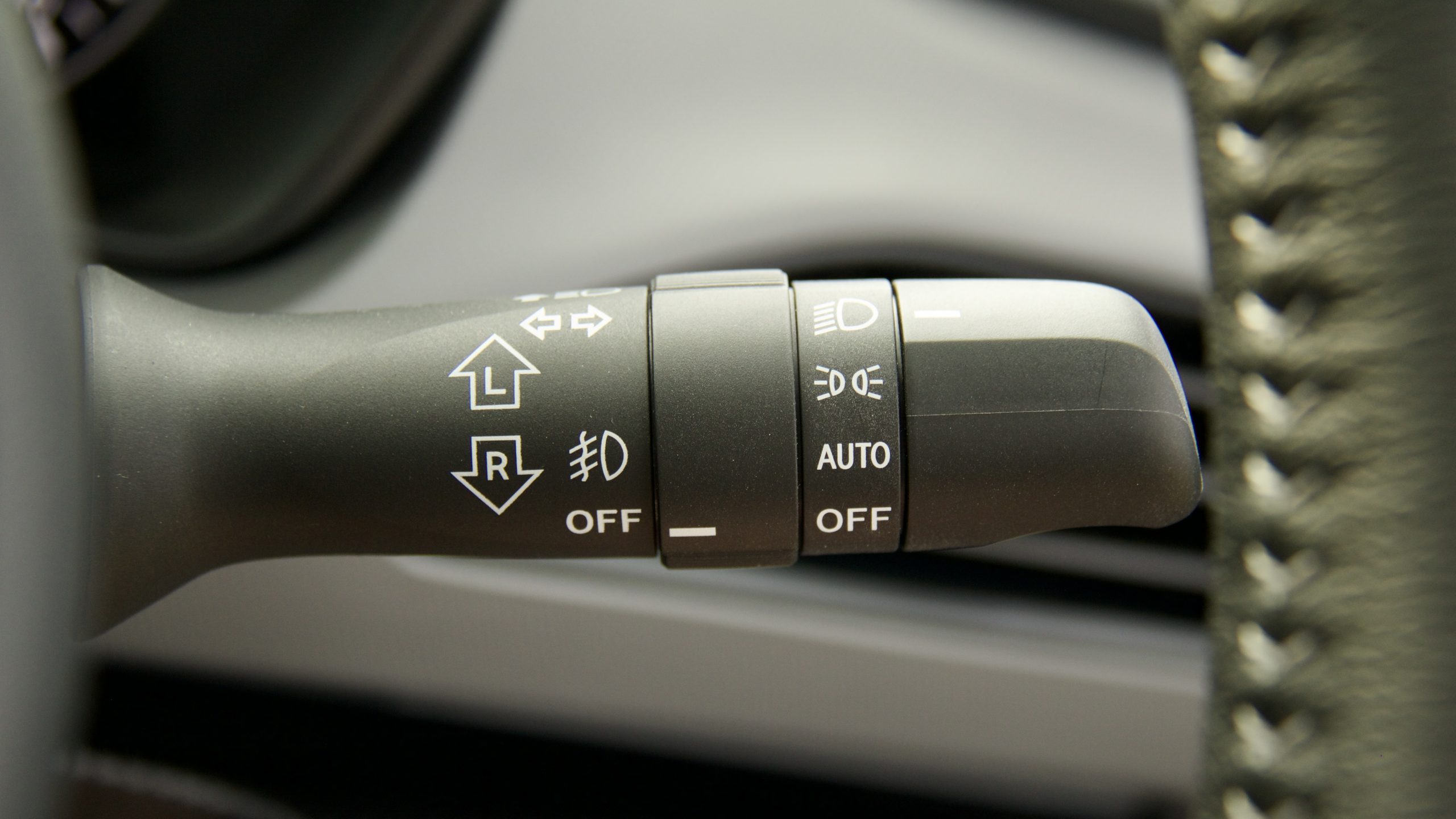
Standard equipment on the 2023 Subaru Crosstrek 2.0S includes 18-inch alloy wheels, roof rails, dusk-sensing automatic LED exterior lighting, auto wipers, a sunroof, keyless entry and wipers, heated and electric-folding mirrors, leather upholstery, heated front seats, a 10-way electrically adjustable driver’s seat, a leather-wrapped steering wheel and gear knob, a 11.6-inch touchscreen with wireless Apple CarPlay and Android Auto, satellite navigation, digital radio, dual-zone climate control, a 10-speaker Harman Kardon sound system, four USB charging ports, a wireless phone charger, a front wiper de-icer, selectable driving modes, Subaru’s ‘X-Mode’ off-road system and an auto-dimming rear mirror.
Safety kit includes nine airbags, auto emergency braking (AEB) with pedestrian, cyclist and intersection assist, adaptive cruise control with stop and go functionality, driver attention monitoring, speed sign recognition, auto high beam, blind-spot monitoring with rear cross-traffic alert, an intelligent speed limiter, lane keep assist, lane trace assist, automatic rear braking, rear parking sensors and a 360-degree camera. The Crosstrek is yet to be tested by ANCAP but considering Subaru’s strong safety record, we’d be surprised if it got less than five stars.
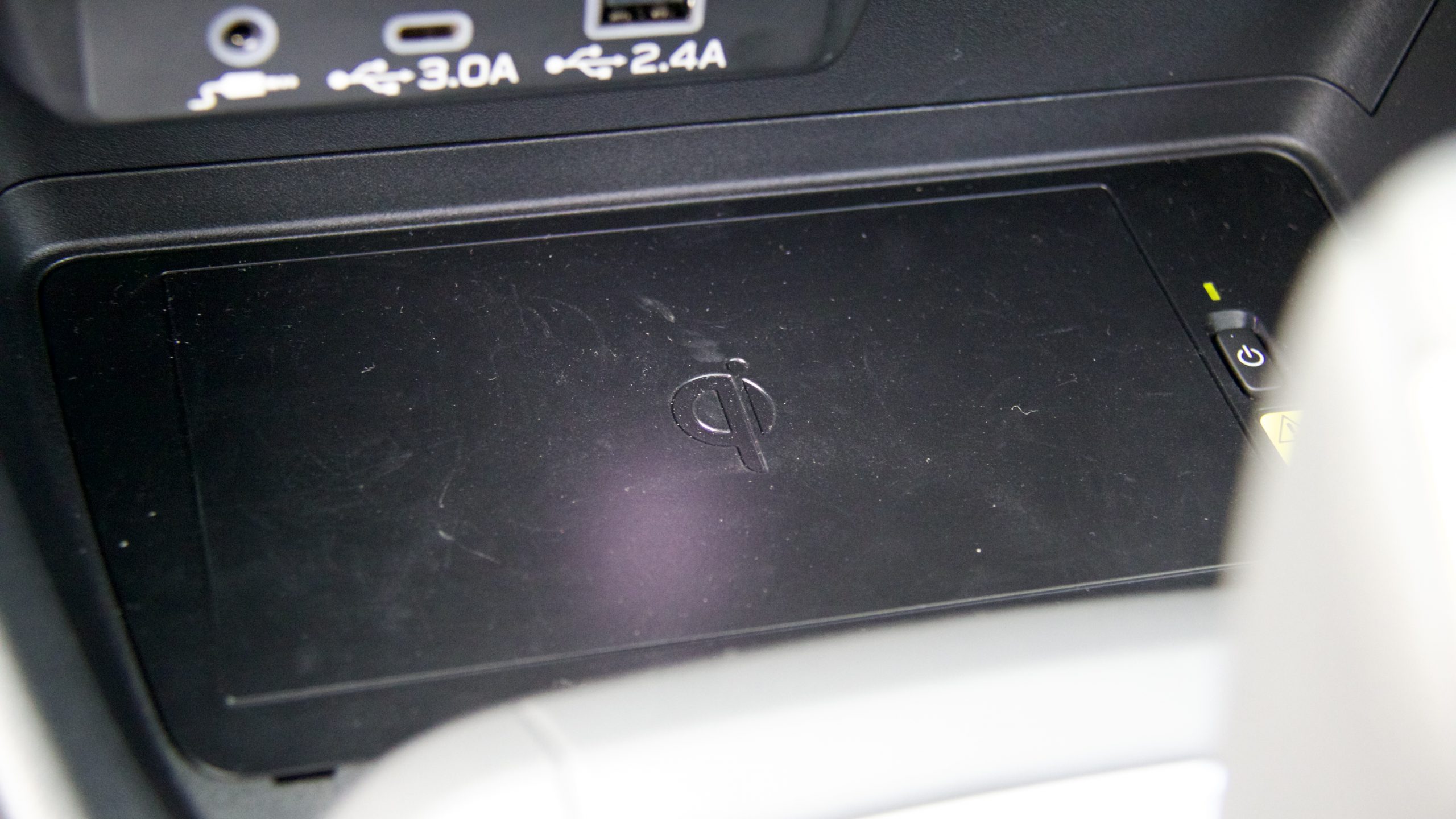
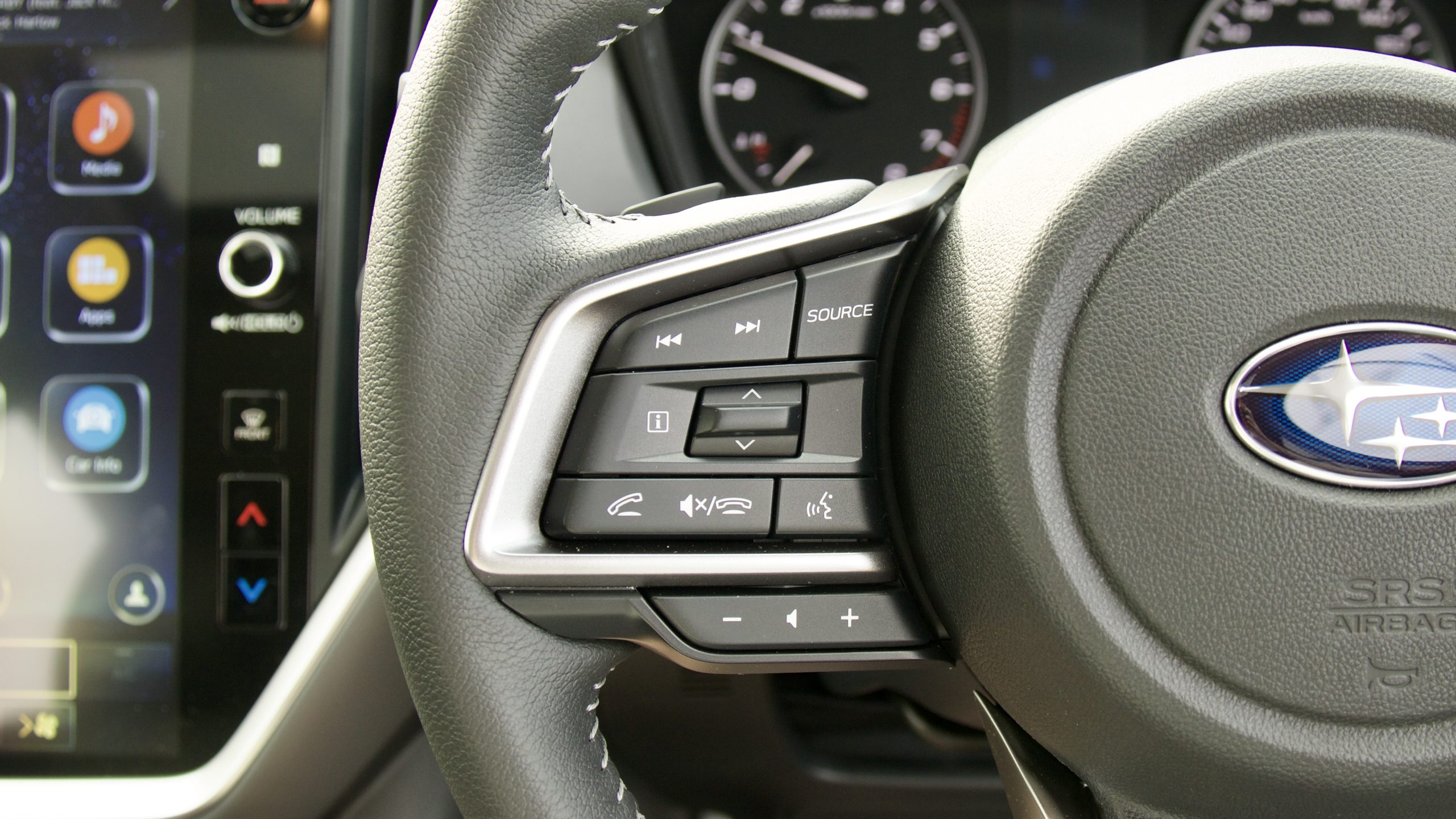
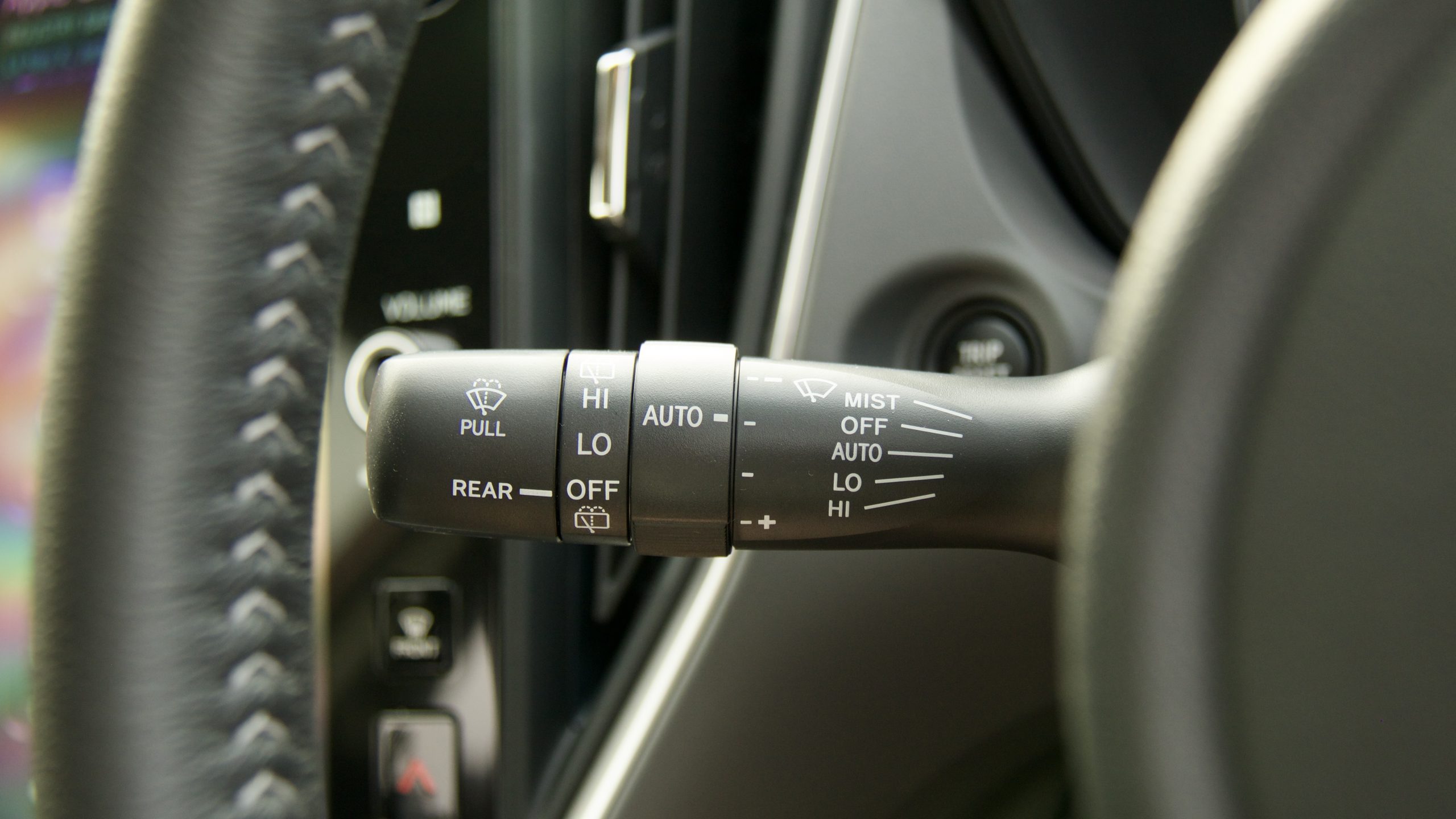
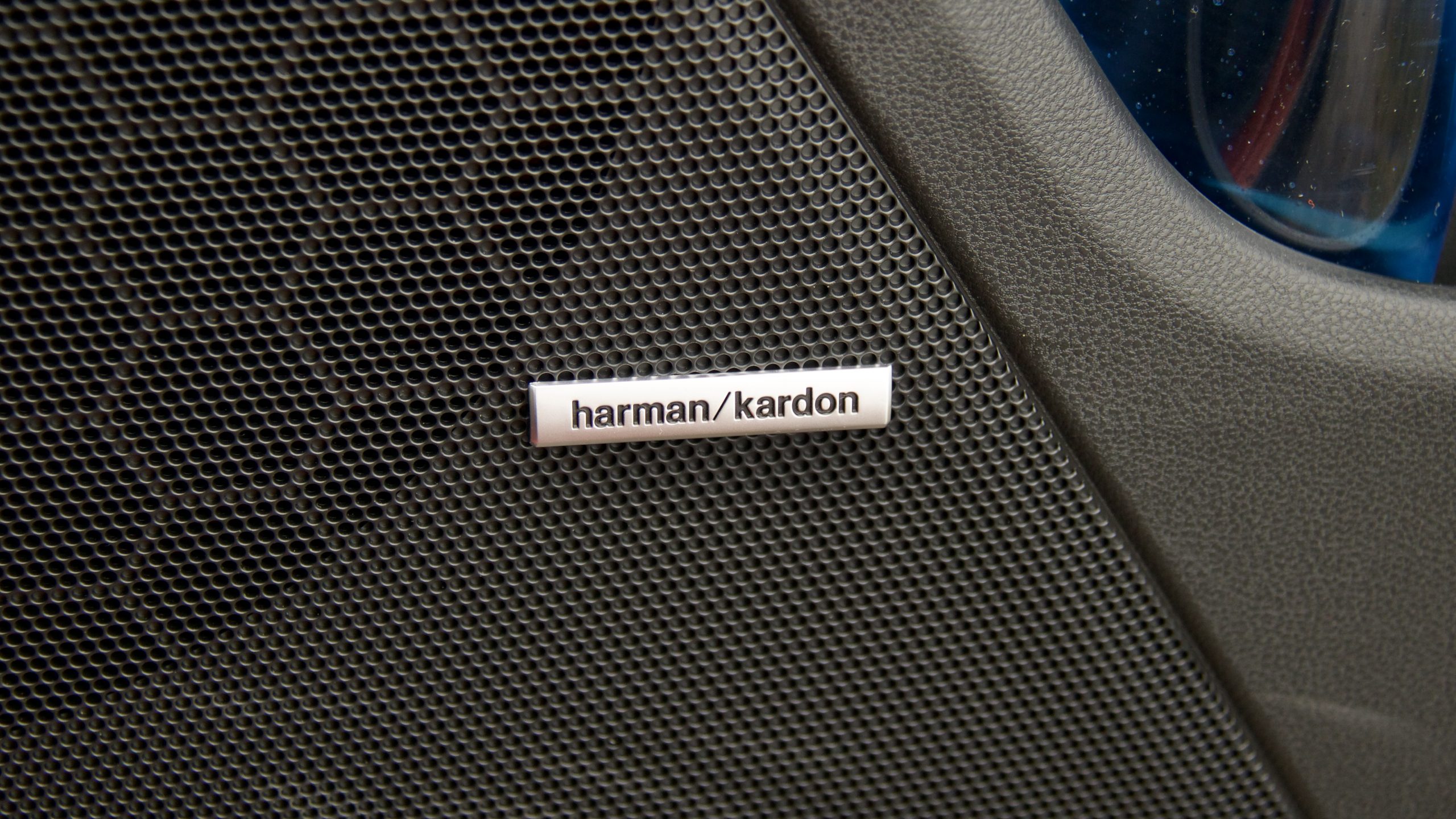
Colour options include ‘Crystal White Pearl’, ‘Ice Silver Metallic’, ‘Magnetite Grey Metallic’, ‘Crystal Black Silica’, ‘Pure Red’, ‘Offshore Blue Metallic’, ‘Oasis Blue’, ‘Sapphire Blue Pearl’ and ‘Horizon Blue Pearl’ and our test car’s ‘Sun Blaze Pearl’. All colours are free. Interior options include either black or grey leather.
There are a huge number of rivals to the Crosstrek, including the Kia Seltos, Hyundai Kona, Volkswagen T-Roc, Honda HR-V, Mitsubishi Eclipse Cross and Suzuki Vitara – but given its off-road ability, cars like the Suzuki Jimny as well. But we consider the Mazda CX-30 G25 Touring AWD (from around $45,000 drive away) and the Toyota Corolla Cross GXL hybrid AWD (from around $46,500 drive away) to be the Crosstrek’s biggest rivals.
Over the CX-30, the $1,500-more expensive Crosstrek 2.0S adds two extra airbags, lane trace assist, front cross-traffic alert, a 360-degree parking camera, a sunroof, driver monitoring, a premium sound system, roof rails, heated front seats and rear charging ports, whereas the Mazda counters with all-LED lighting, a heads-up display, front parking sensors, memory functionality for the driver’s seat and mirrors, auto-dropping mirrors in reverse and rear air vents.
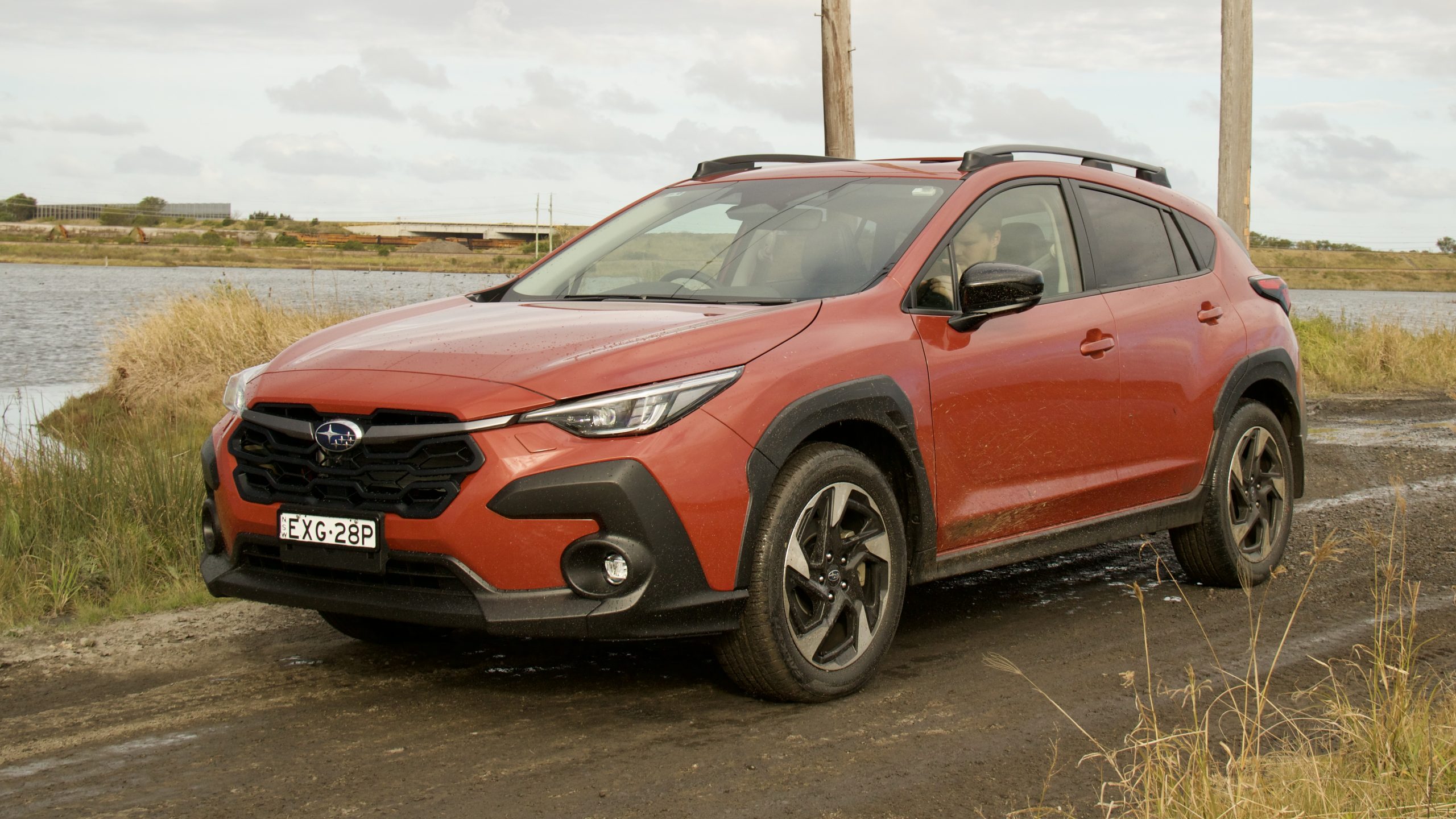
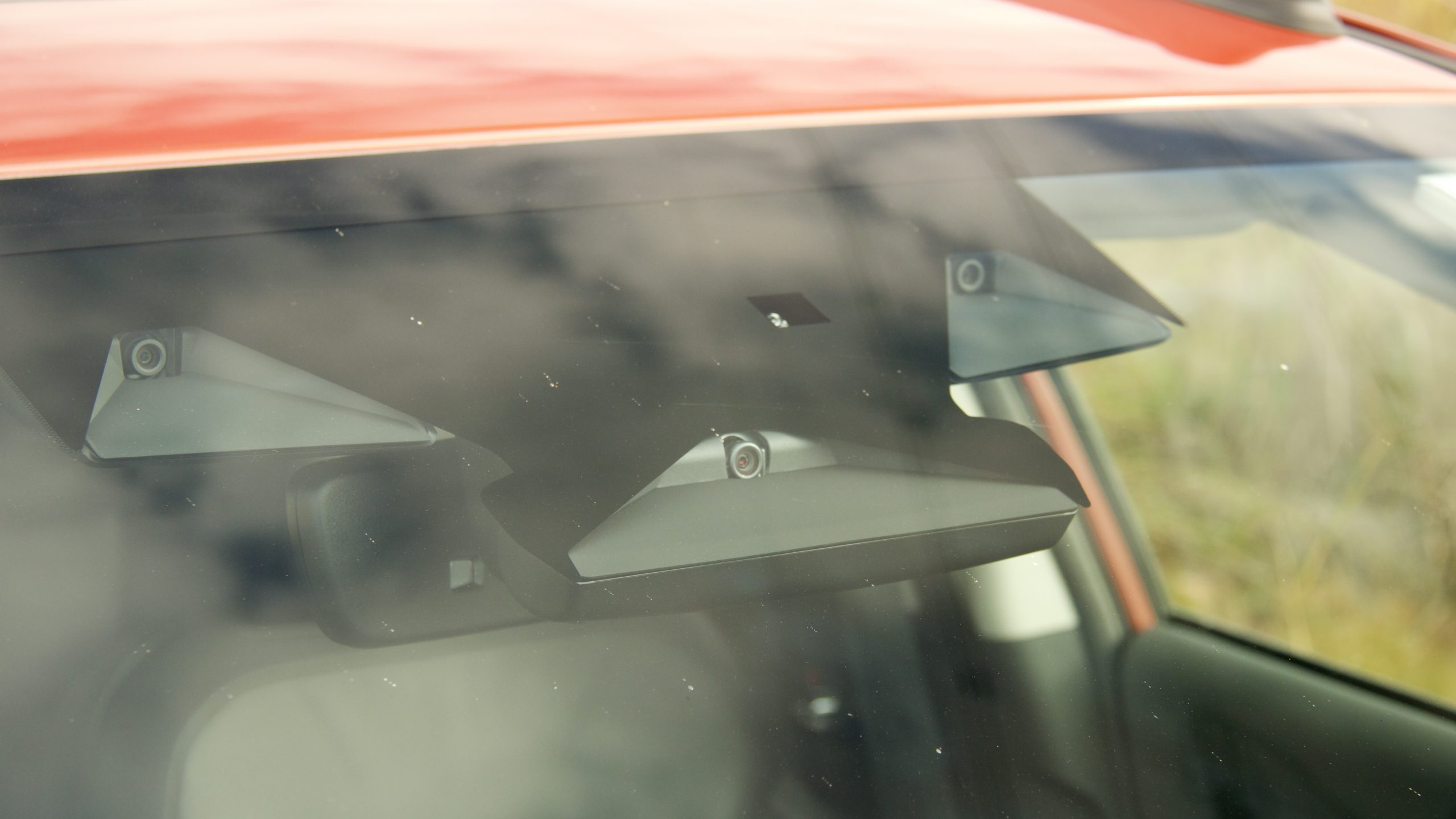
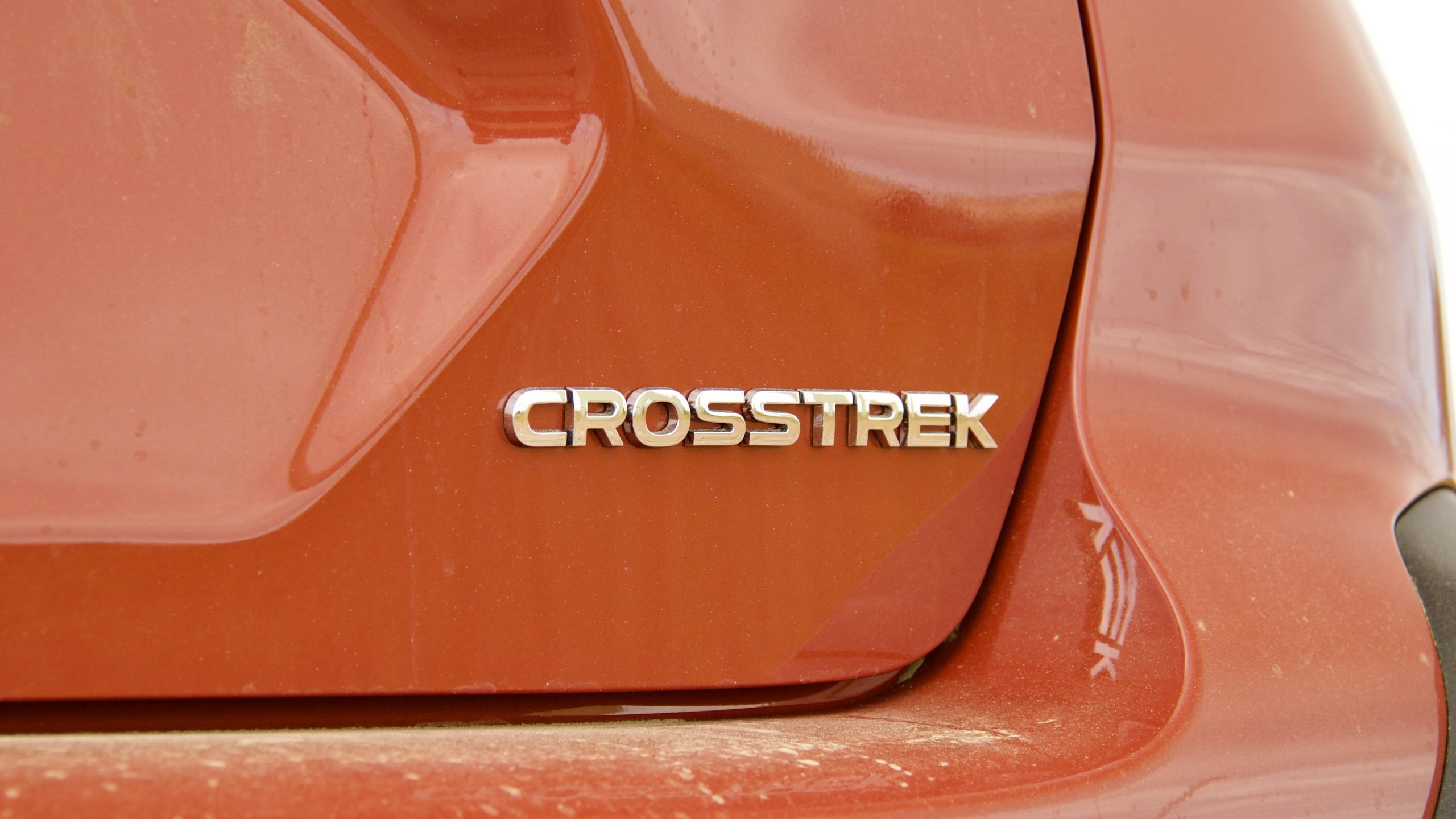
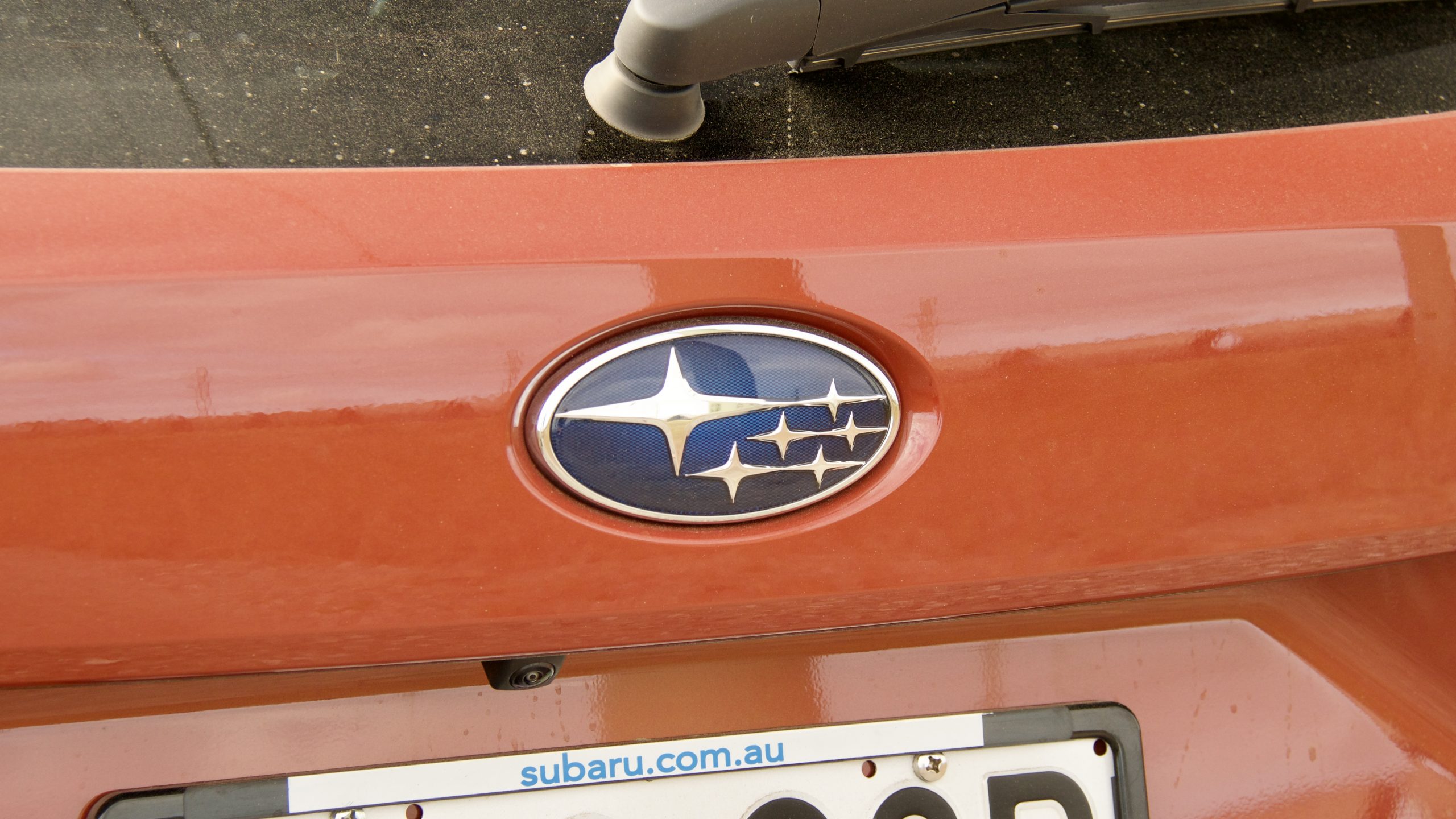
The Corolla Cross GXL Hybrid AWD is quite similarly priced to the Crosstrek and immediately looks better value on paper because it’s a hybrid. Over the Crosstrek, the Corolla Cross adds scrolling front indicators, rear air vents and live services for the central screen, though the Crosstrek adds a sunroof, an extra airbag, heated front seats, automatic wipers and a premium sound system.
The Crosstrek isn’t missing much equipment – just rear air vents, auto-folding mirrors, memory functionality for the driver’s seat, a digital driver’s display and a digital driver’s display. The Crosstrek 2.0S isn’t cheap – what car is these days? – but we think it’s good value thanks to its long equipment list.
Performance & Economy: 7/10
Under the bonnet of the 2023 Subaru Crosstrek 2.0S is a 2.0-litre four-cylinder petrol engine that makes 115kW of power (at 6,000rpm) and 196Nm of torque (at 4,000rpm). It’s mated to a CVT automatic transmission and Subaru’s famed symmetrical all-wheel drive system, while the claimed 0-100km/h sprint time is 10.5 seconds. The Crosstrek’s outputs are reasonable in isolation but against the 139kW CX-30 and 146kW Corolla Cross Hybrid, they could be punchier.
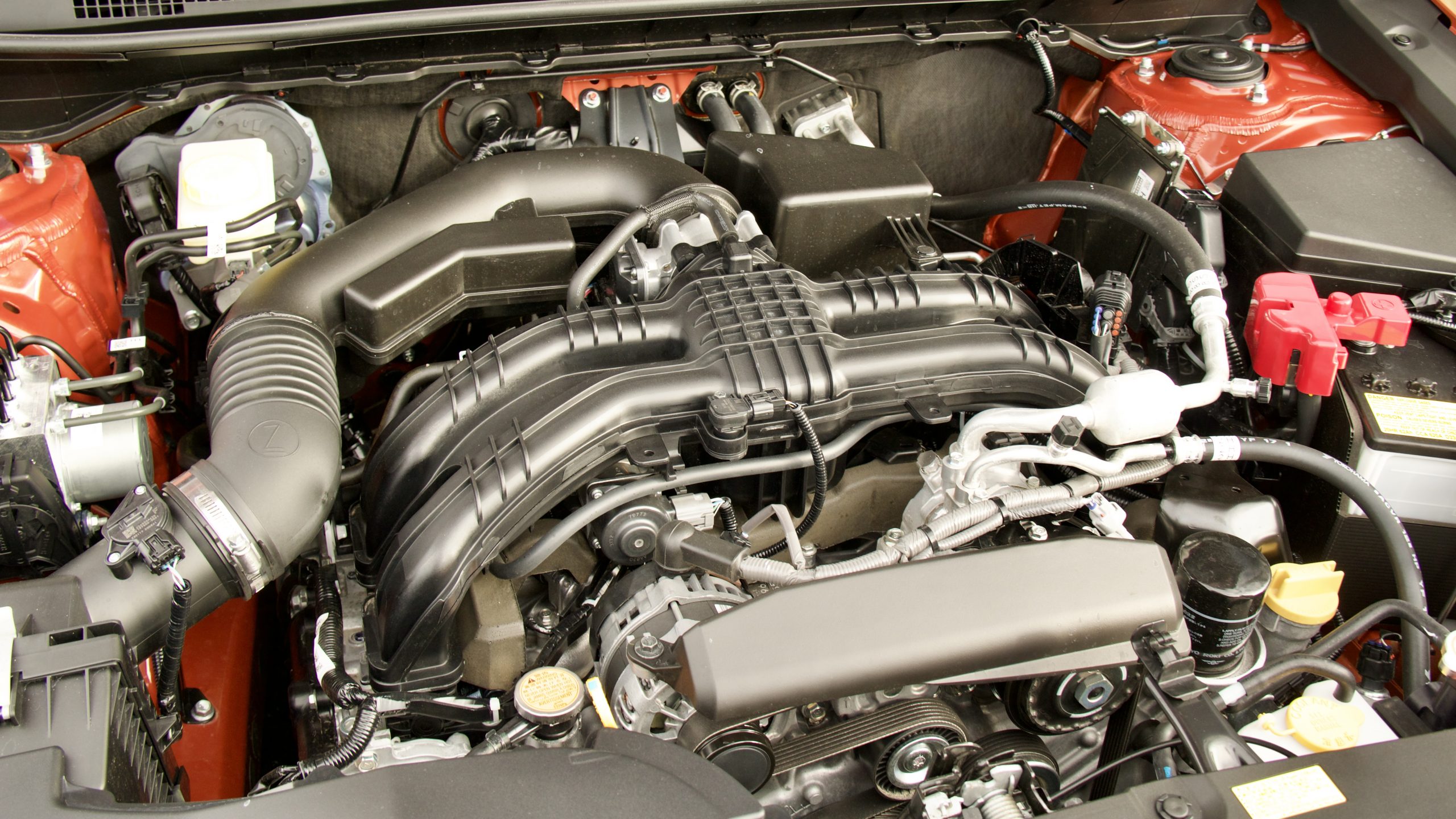
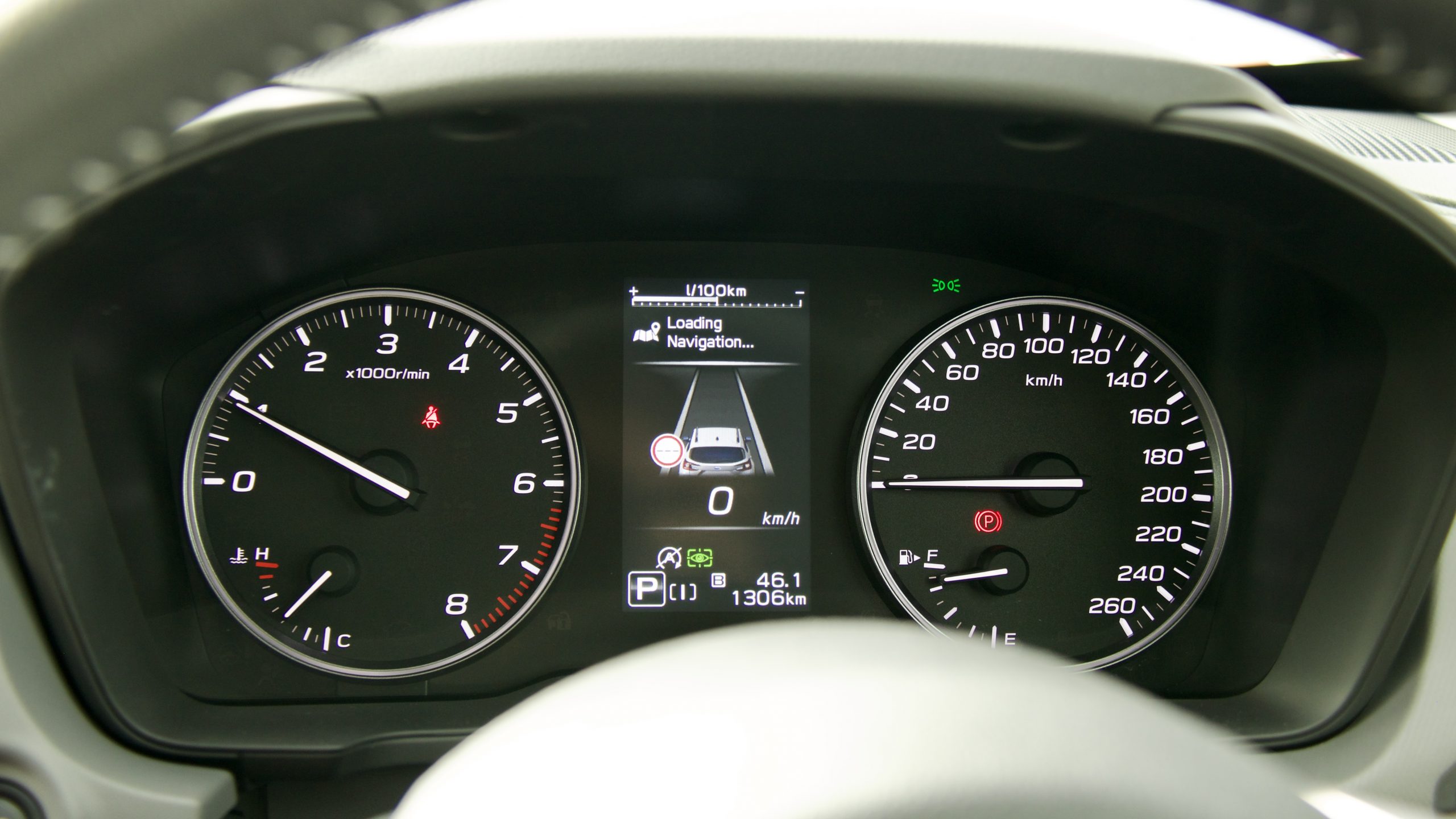
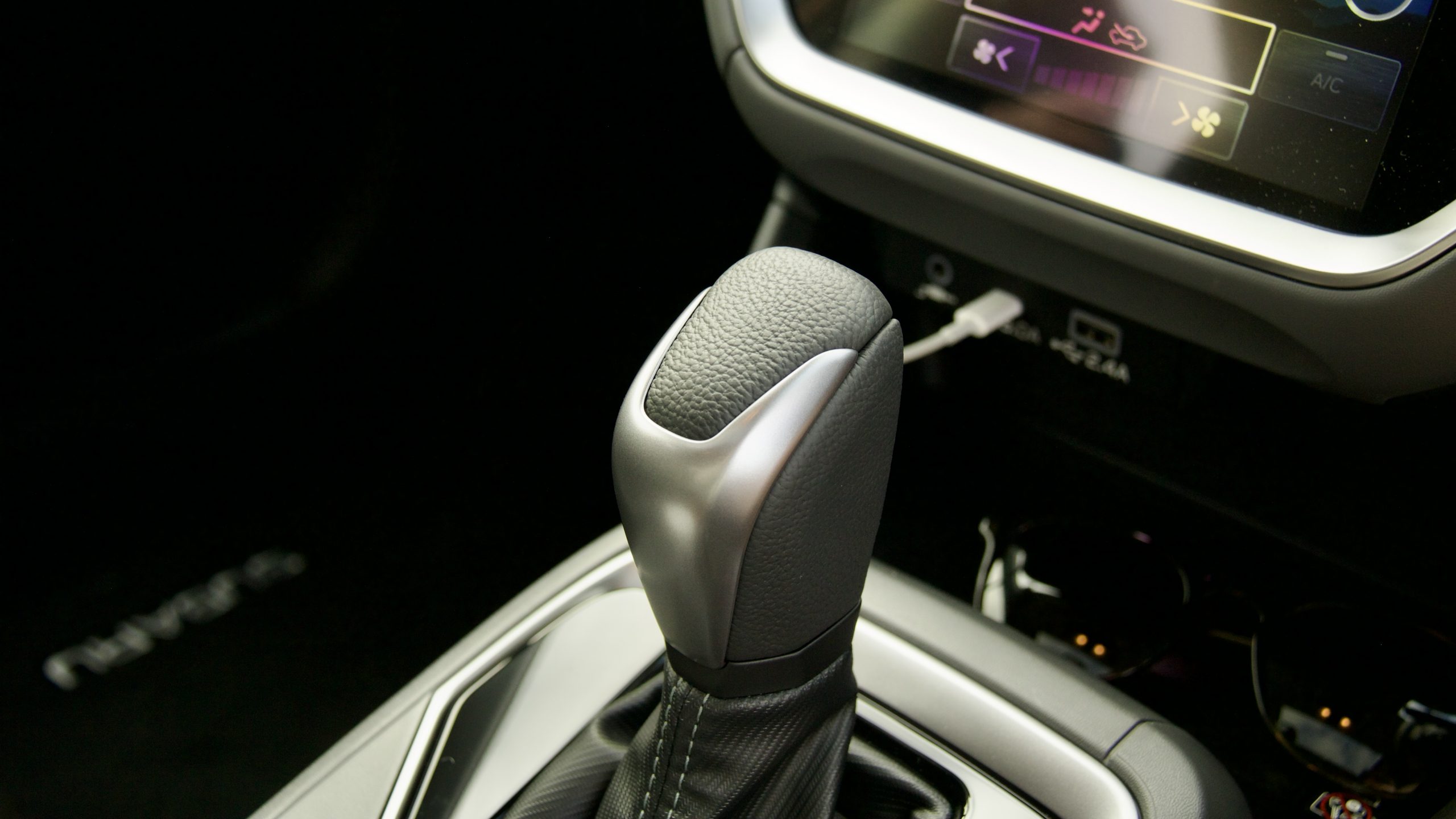
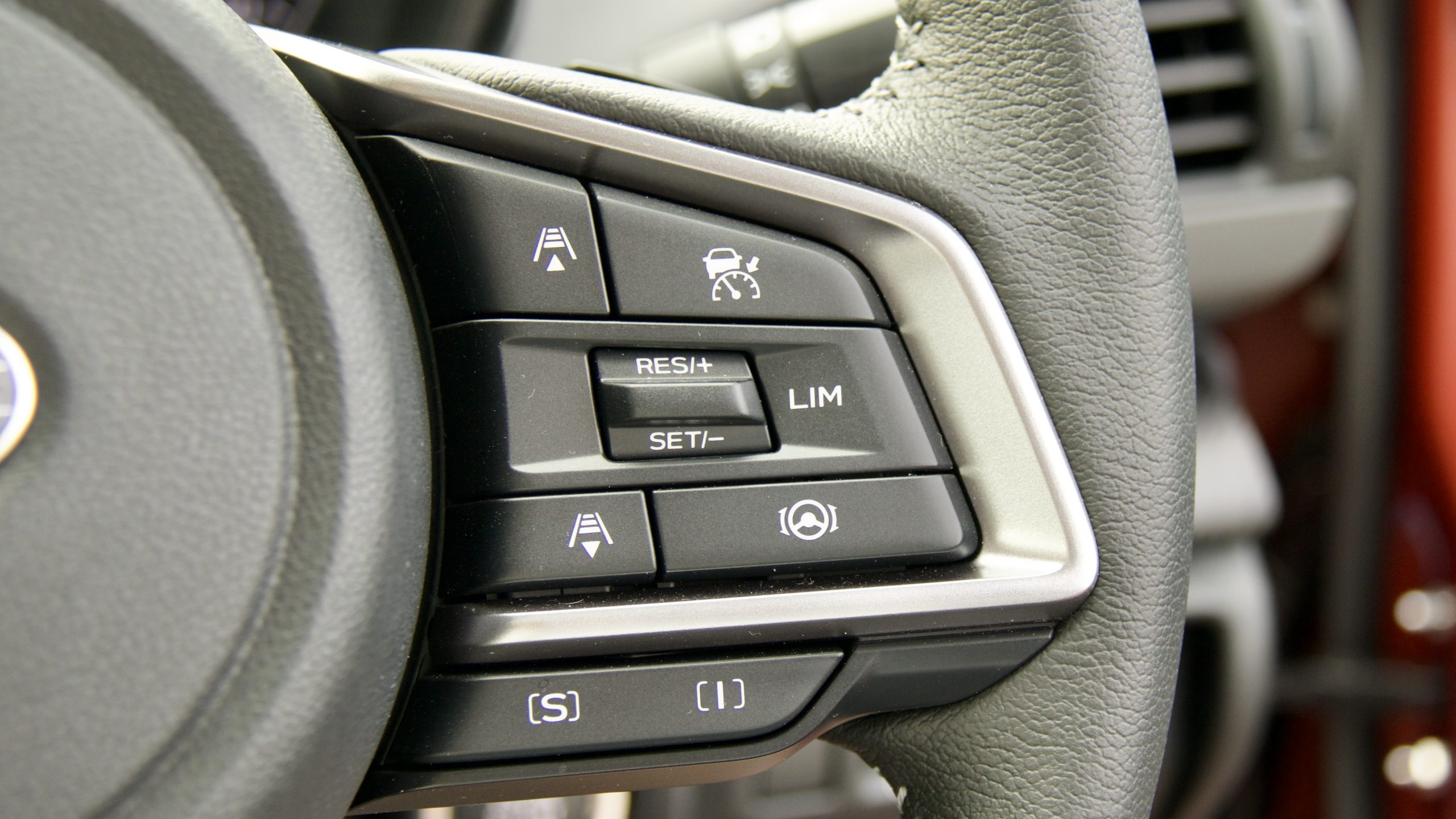
The ‘FB20’ engine is identical to the one used in the XV with identical outputs, though the Crosstrek weighs 53kg more in 2.0S spec than the XV, so it feels slower than its predecessor. Around town, it’s totally fine – the CVT does its best to keep revs low – but introduce higher speeds into the equation and the Crosstrek can feel a touch lethargic. Floor the throttle, the revs spike and there isn’t much action to match the higher revs – highway overtaking can take some planning. It’s here that a smaller turbocharged engine like in the Nissan Qashqai or a proper hybrid like the Toyota Corolla Cross would benefit the Crosstrek greatly as it would increase performance and refinement, yet also likely reduce its fuel consumption.
The CVT automatic transmission in the Crosstrek is fairly typical for a CVT, with a rubbery dynamic when setting off, though it also has eight stepped ratios to make it feel more like a regular torque converter transmission. Its ability to keep revs low in regular driving its admirable, though in harder acceleration, the CVT used in the Nissan Qashqai is noticeably more refined and engaging to use – let alone the torque converter automatic that’s used in the CX-30.
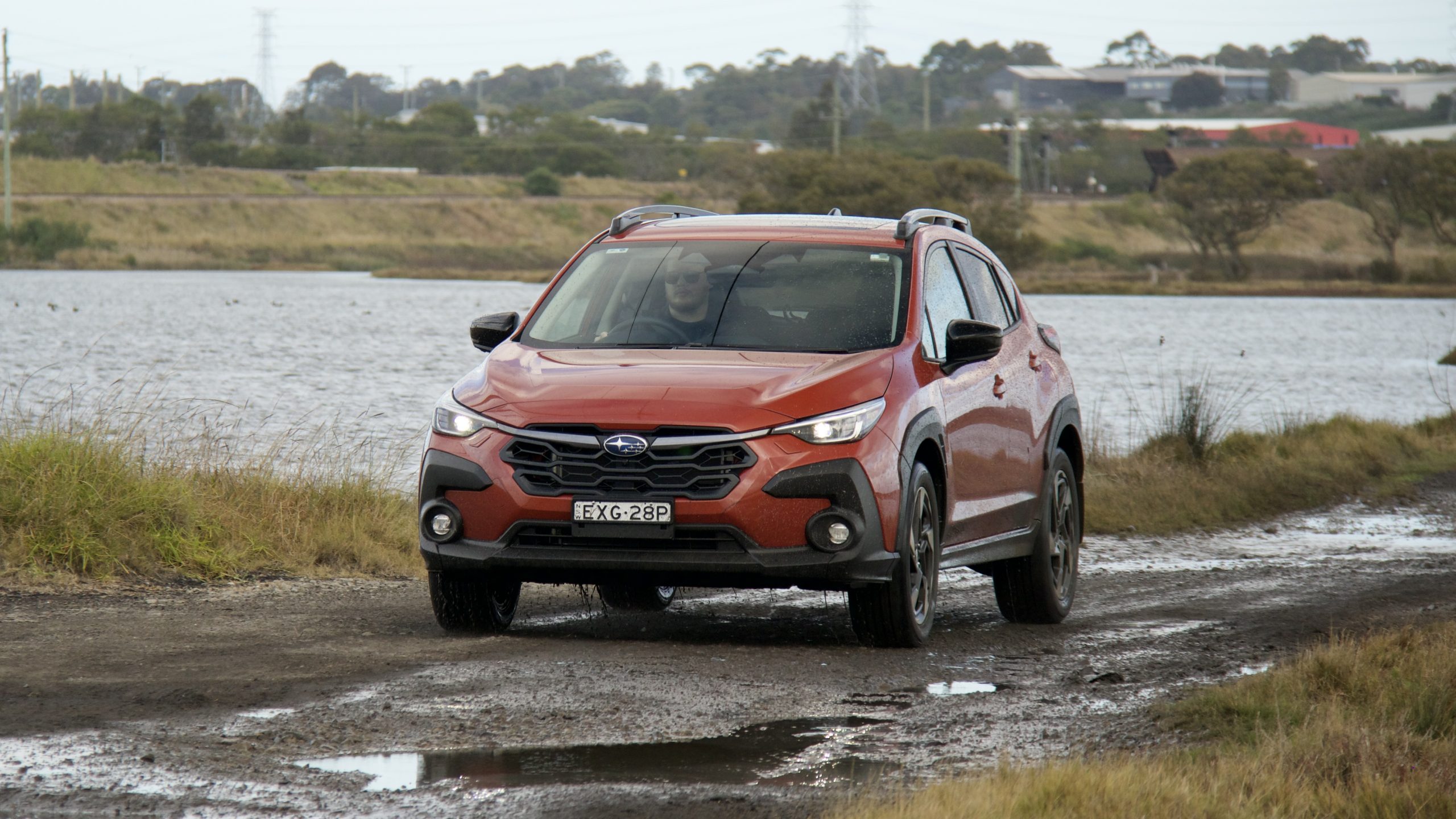
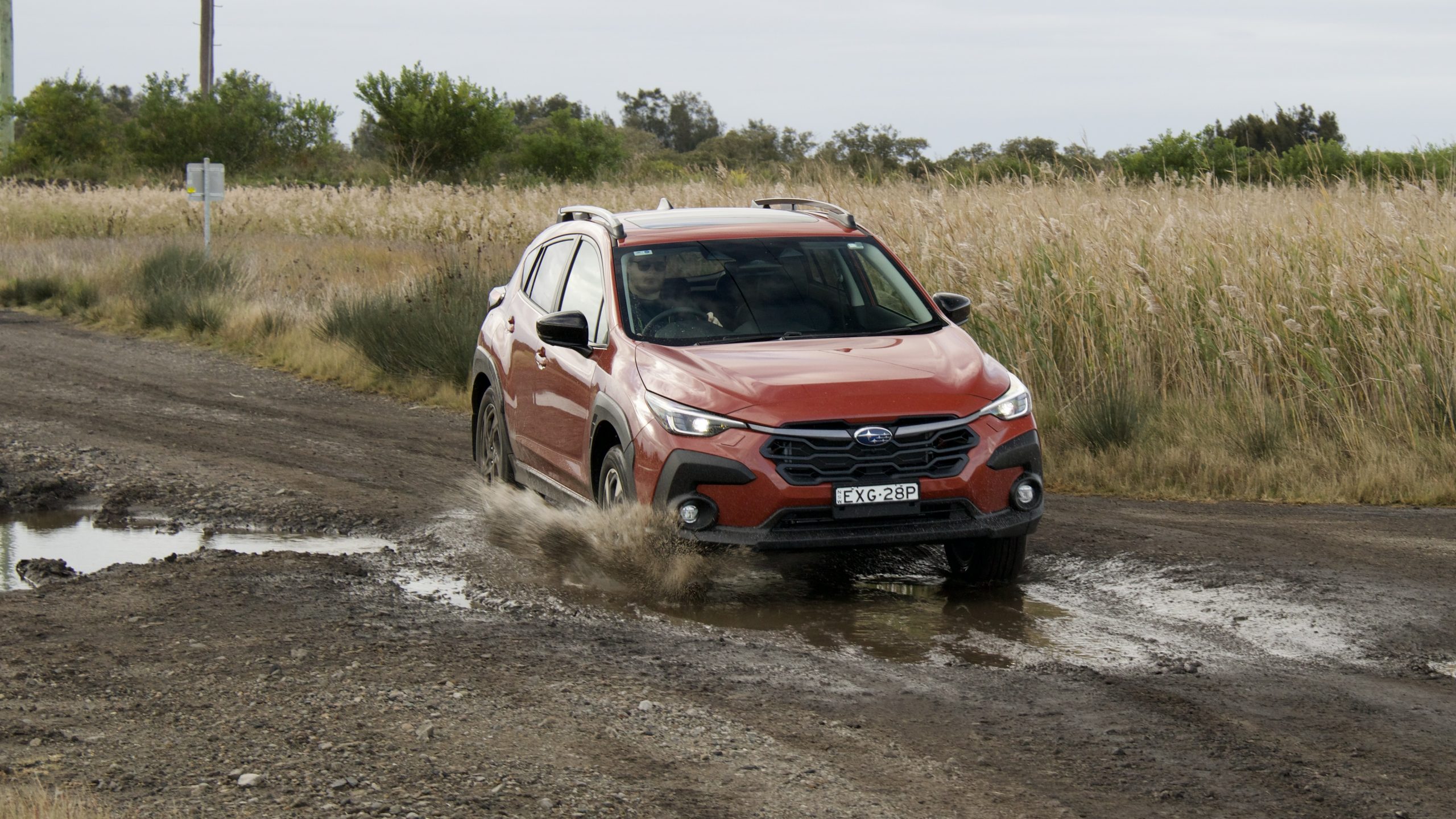
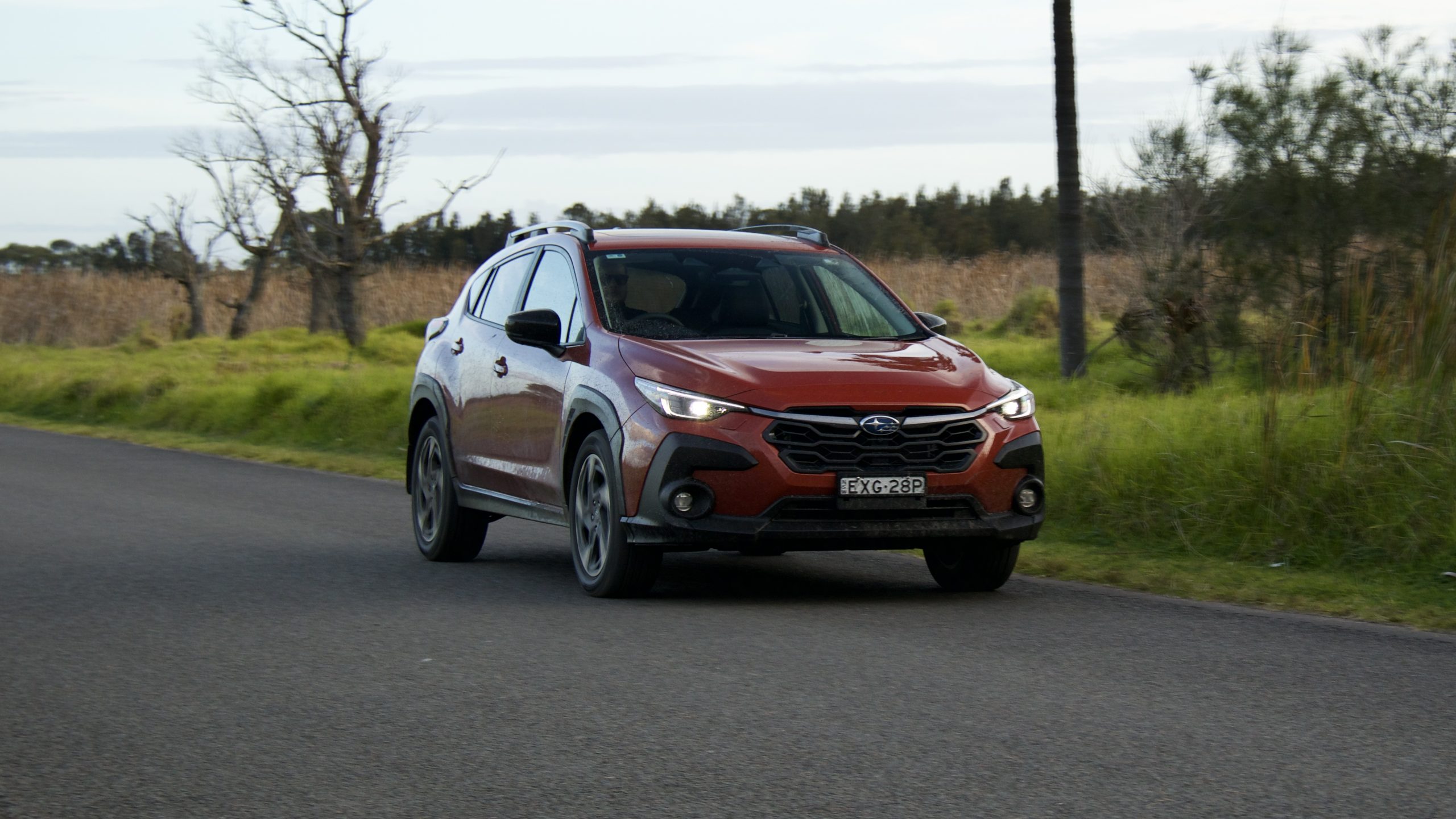
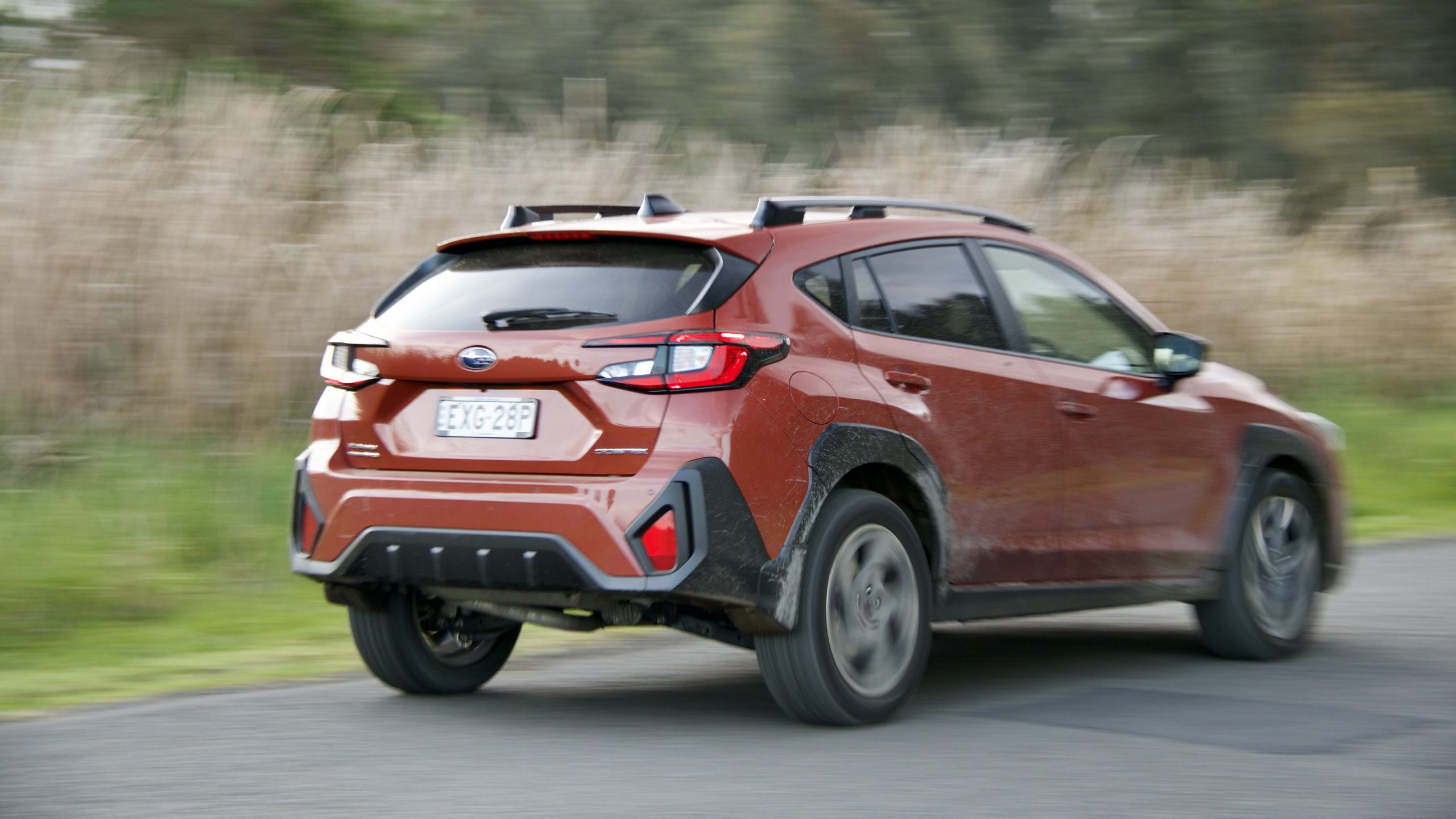
The claimed combined fuel consumption for the Crosstrek is 7.2L/100km with CO2 emissions rated at 165g/km, and in mixed driving – including a lot of highway driving – we returned 8.2L/100km, though our test car had less than 1,000km on the clock. Helping running costs is that the Crosstrek can run on 91RON regular unleaded and has a big – for its size – 63-litre fuel tank. In comparison, the CX-30 is rated at 6.8L/100km, but good luck getting that in real life – the Corolla Cross Hybrid will happily use under 5.0L/100km, especially in urban driving conditions.
Ride & Handling: 8.5/10
Based on the same ‘Subaru Global Platform’ architecture as the XV that it replaced – and its Forester and Outback siblings – the 2023 Subaru Crosstrek 2.0S drives well with a solid and plated feel, but it’s also acceptably light on its feet and it can be reasonably fun to drive as well. Dimensionally, the Crosstrek differs very little to the XV – it’s grown in overall length overall by just 10mm to 4,495mm, while its width is unchanged at 1,800mm and its wheelbase is 5mm longer at 2,670mm. Its height has actually been reduced by 15mm to 1,600mm for slinkier styling, but that’s the only significant dimension change.
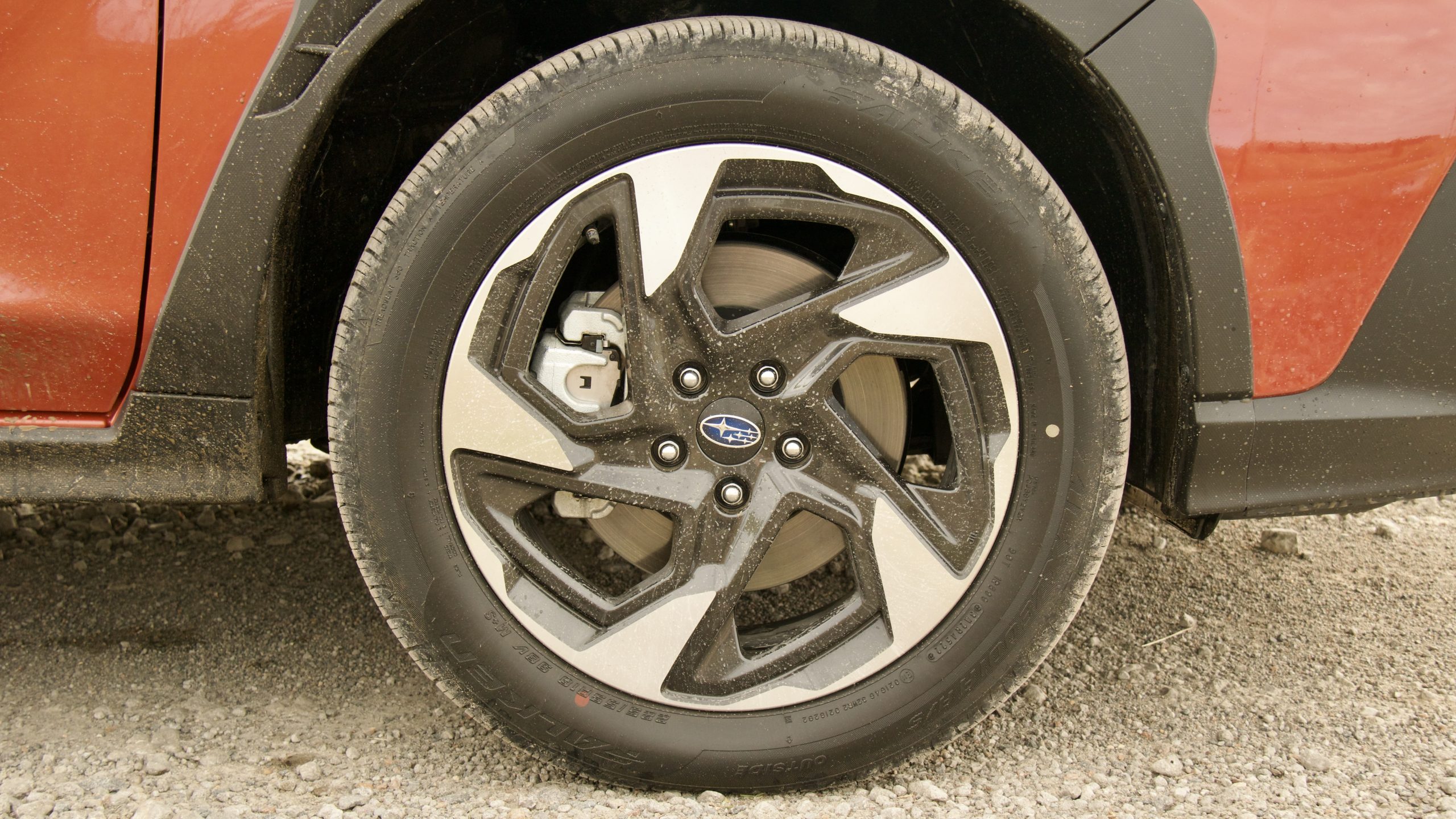
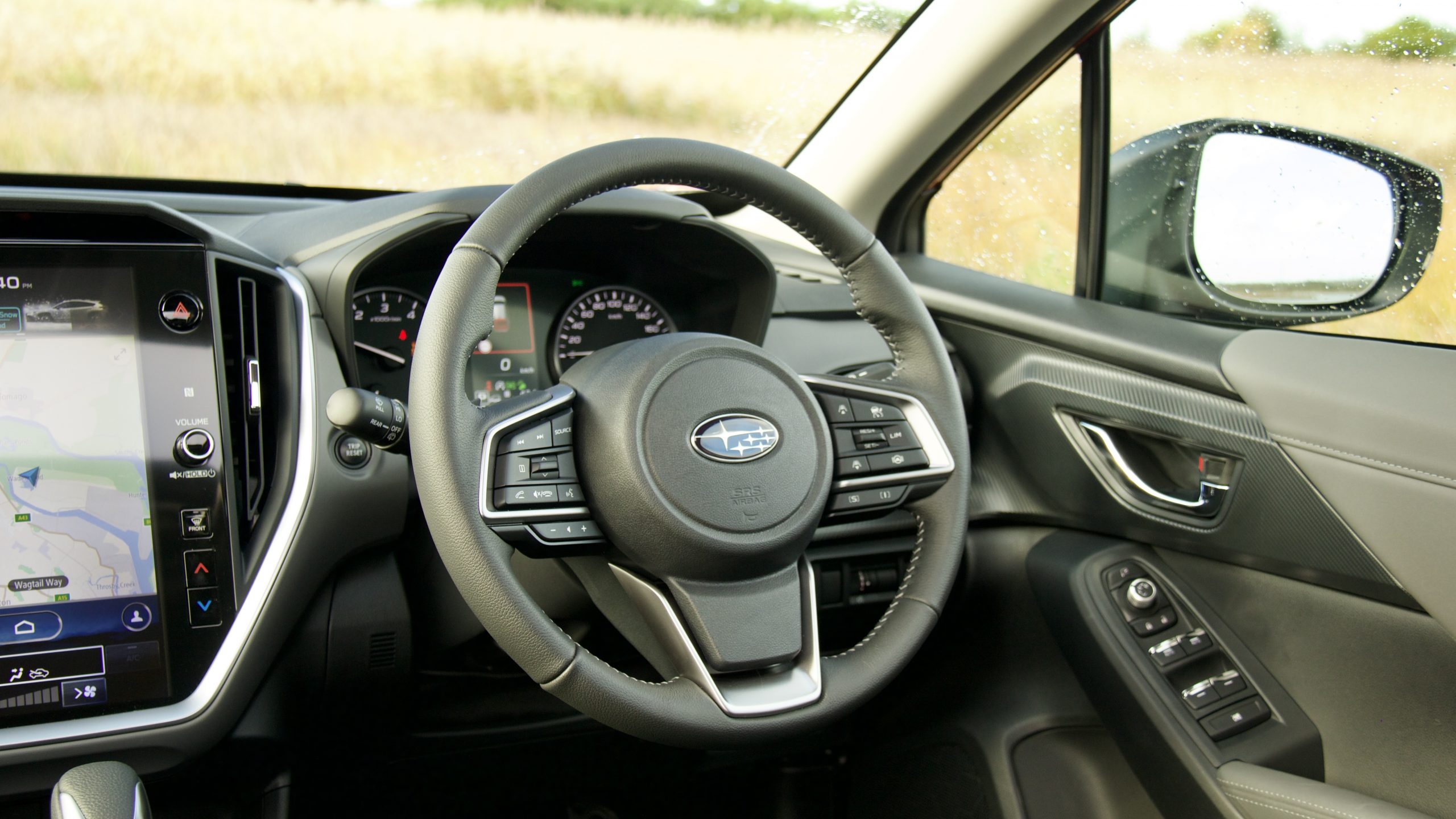
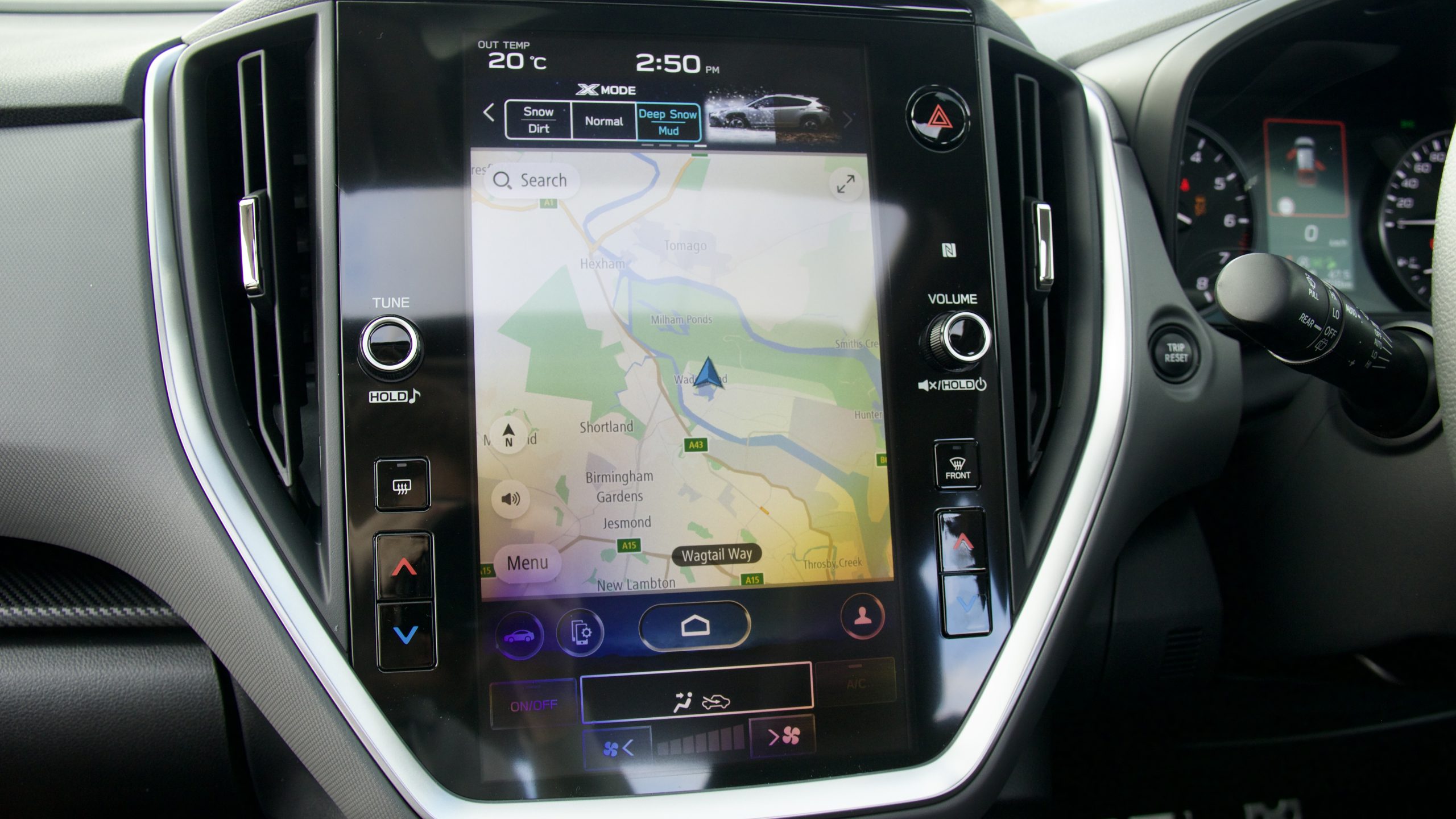
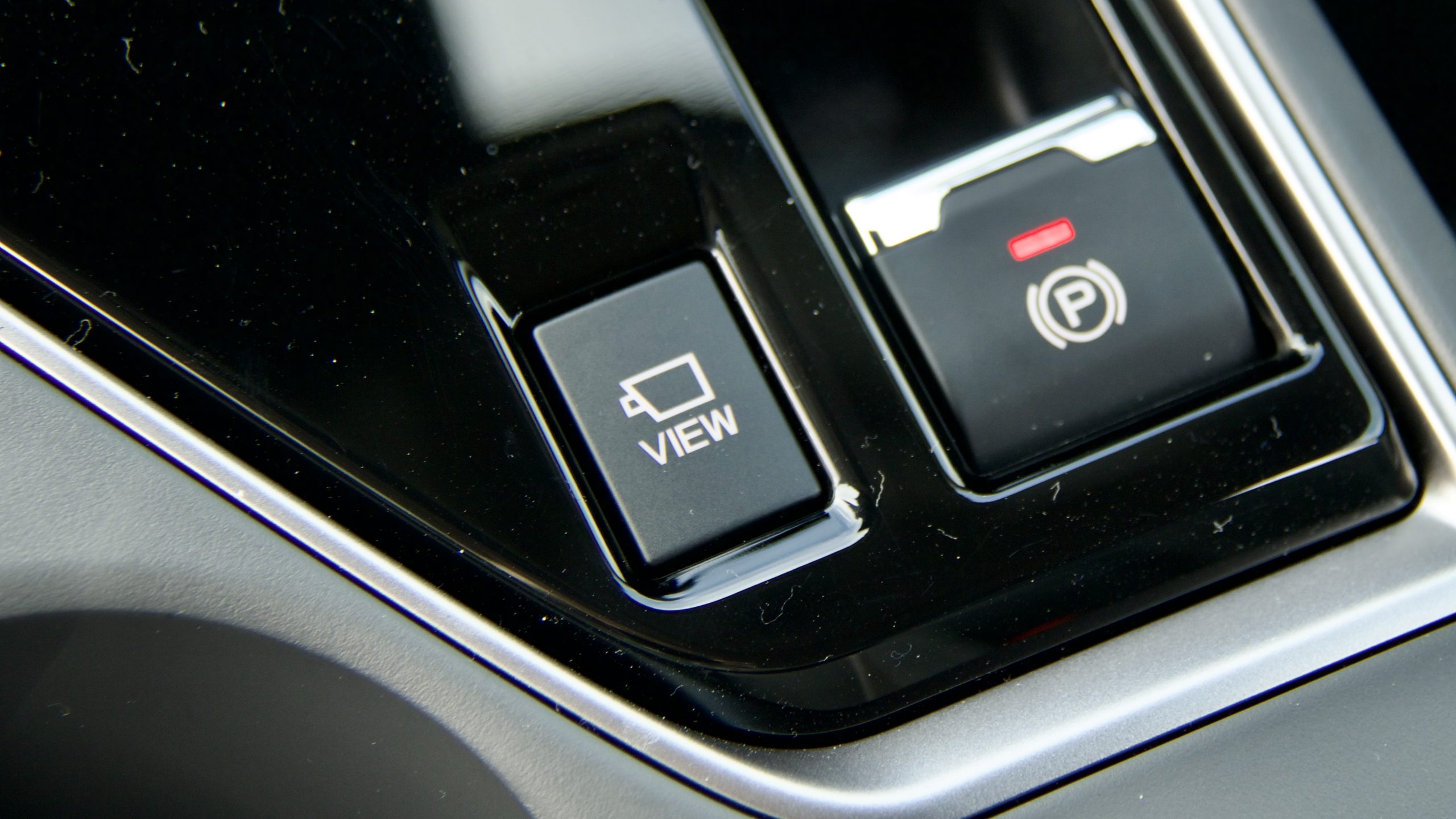
The Crosstrek’s ride quality – even on the larger 18-inch wheels of the 2.0R and above – is generally quite comfortable. It takes smaller bumps in its stride quite well, and in urban use, is more than fine. Higher speed bumps are more of an issue however, and expose a slight underdamped feeling thanks to excessive vertical motions at highway speeds, for example. The CX-30 is definitely firmer by comparison, though its handling is even better than the Crosstrek – the Corolla Cross is softer.
In the corners, the Crosstrek is surprisingly fun. That’s not to say that we thought it would handle badly – far from it – but entertaining Subarus (that aren’t the WRX or BRZ) of the past like turbo Foresters and Liberties have been consigned to the history books. Once you get up some speed in the Crosstrek, tackling corners is reasonably fun thanks to its well weighted and relatively quick steering, good chassis balance and excellent all-wheel drive system.
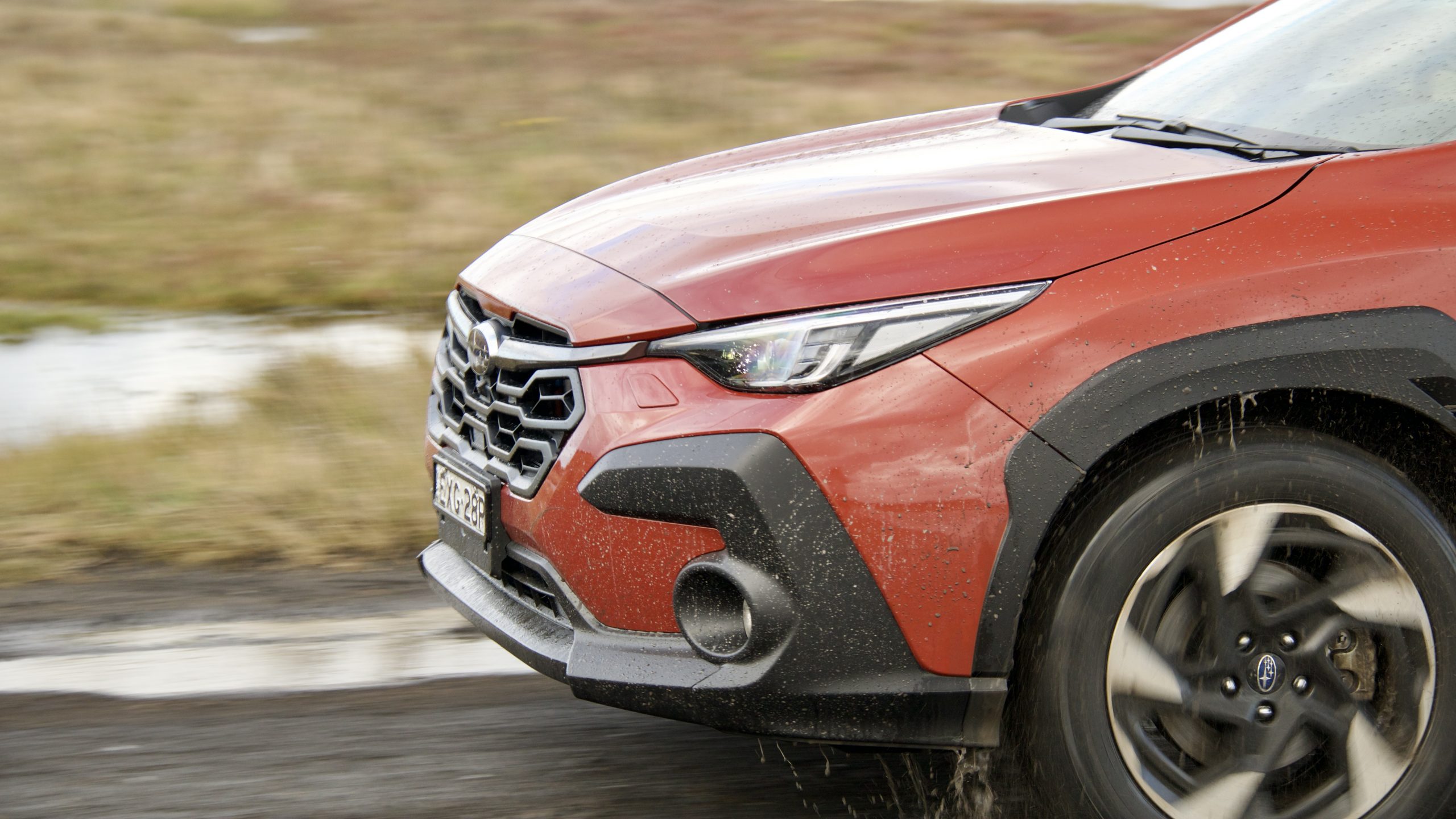
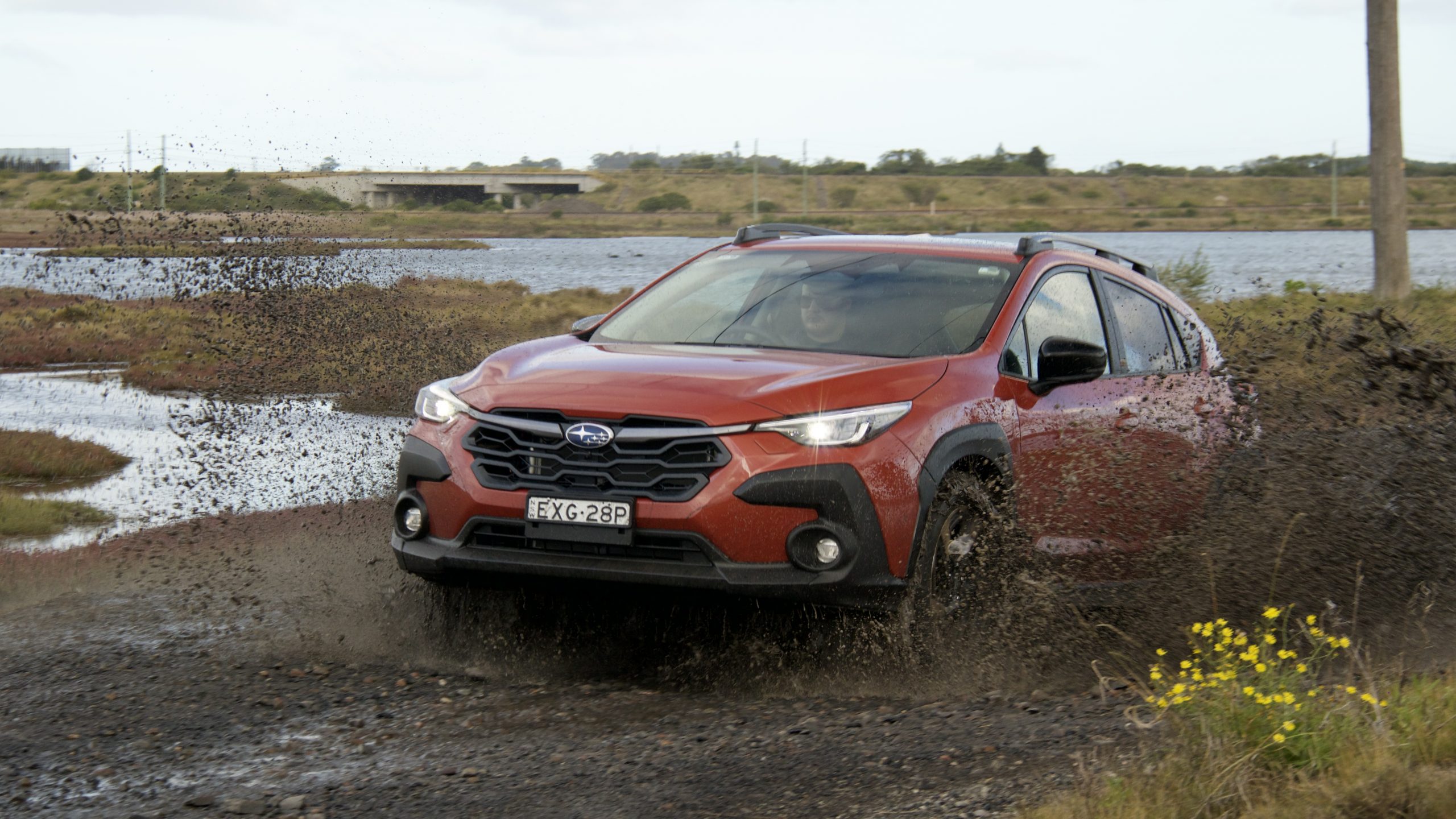
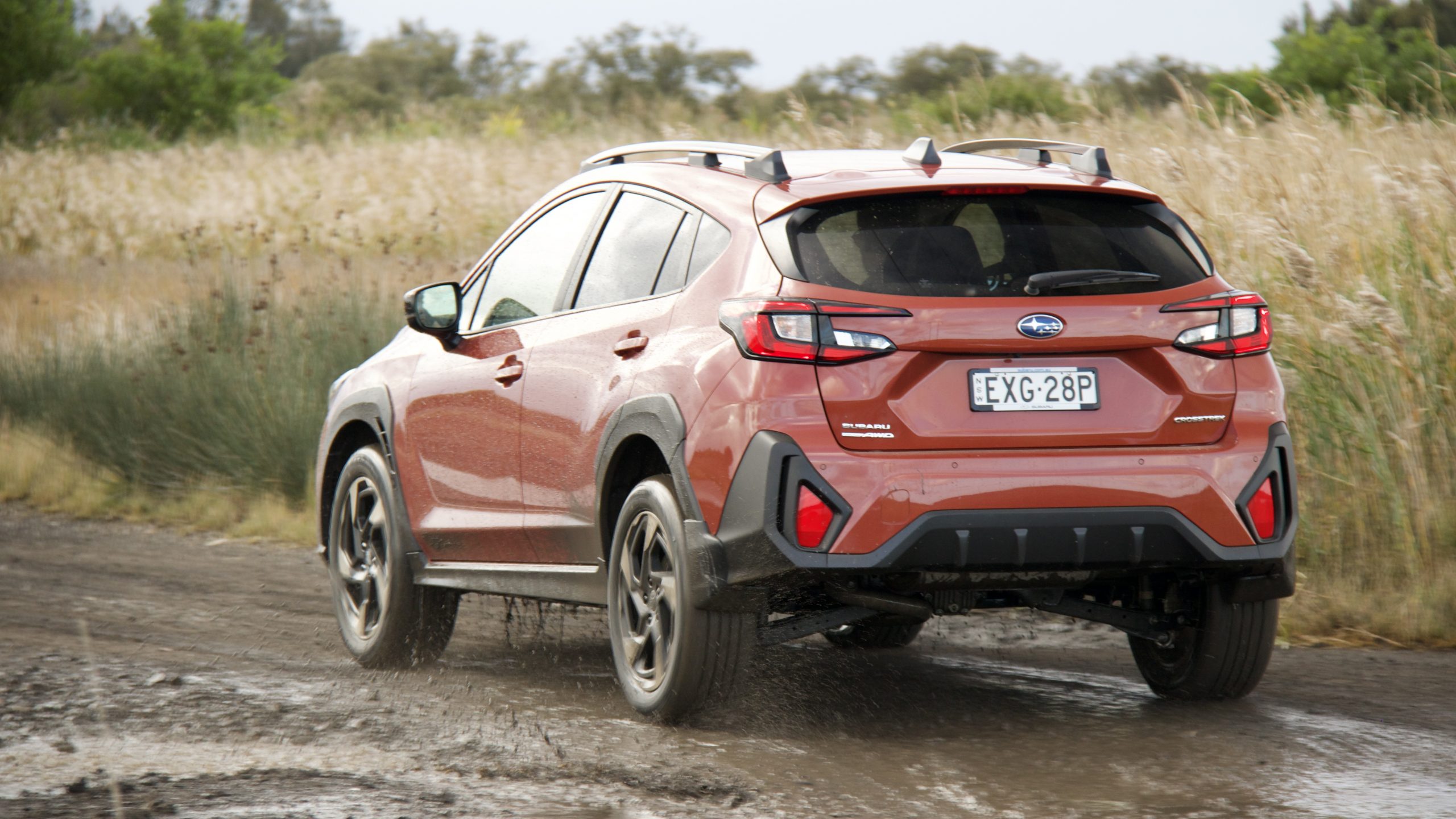
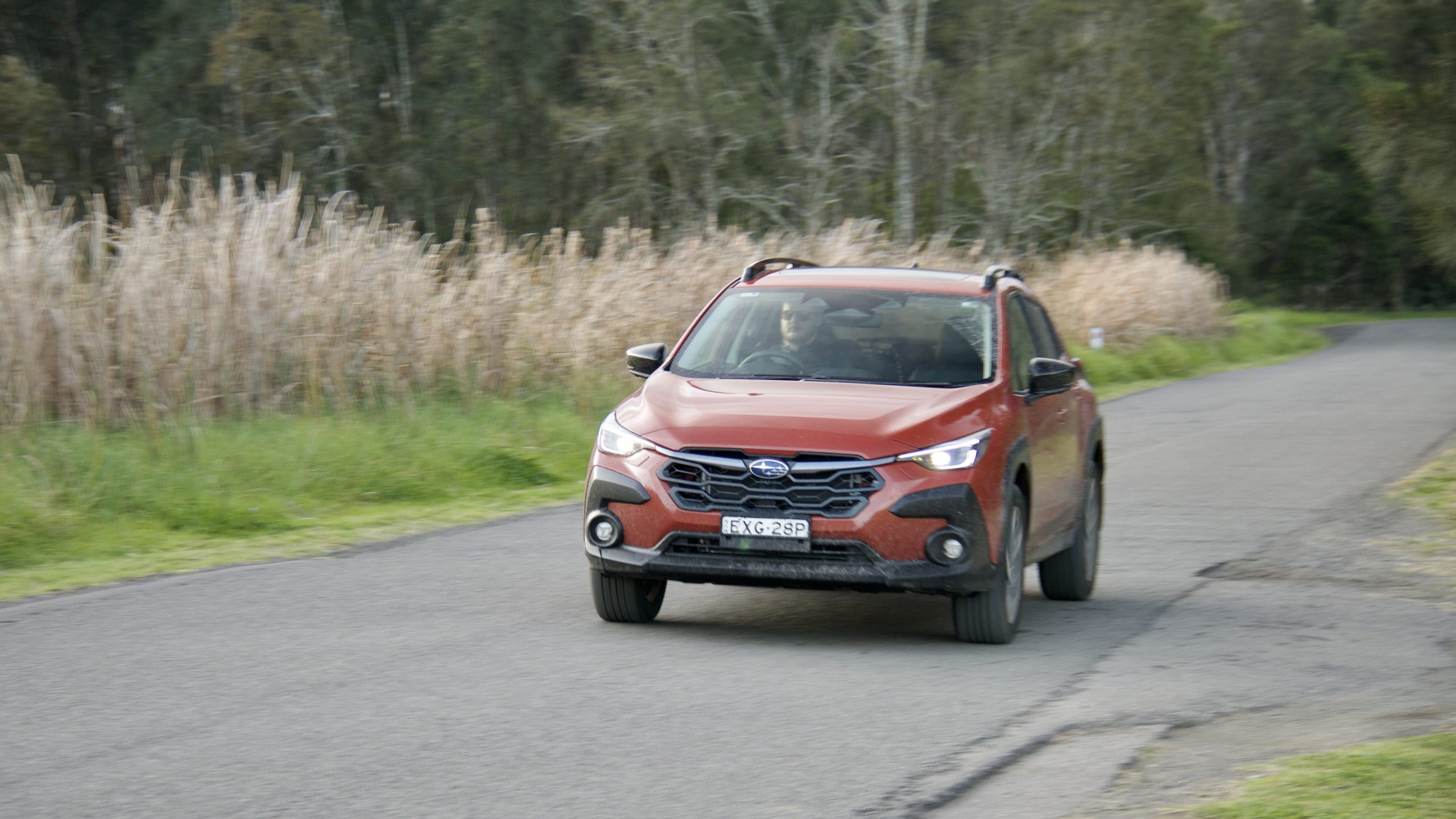
Speaking of its all-wheel drive system, the Crosstrek’s is slightly different now thanks to its 60:40 front to rear split, which replaces the former 50:50 split on other Subaru models. But like the XV, the Crosstrek is one of the only small SUVs that can handle even reasonable off-road travels and its ‘X Mode’ drive modes help that further. We tested the Crosstrek on a light off-road course and came away impressed at how well it handles rougher terrain like big puddles, mud and dirt roads – and both the CX-30 and Corolla Cross won’t come close off-road, if that’s what you’re looking for in a small SUV.
Interior & Practicality: 7.5/10
Anybody who’s sat in a recent model Subaru product will find the cabin of the 2023 Subaru Crosstrek instantly familiar thanks to a shared layout with other other Subaru products like the Forester and Outback. The quality inside the Crosstrek doesn’t hit the same highs as those cars, however, with the only soft touch materials in the cabin smattered atop the dashboard – but not on top of the instrument binnacle – and faux leather covering the front doors. The Crosstrek’s cabin feels built to last, but a soft touch dashboard fascia and centre console – like the Forester – would improve the quality inside as the CX-30 is noticeably plusher inside, and the Corolla Cross GXL has softer plastics.
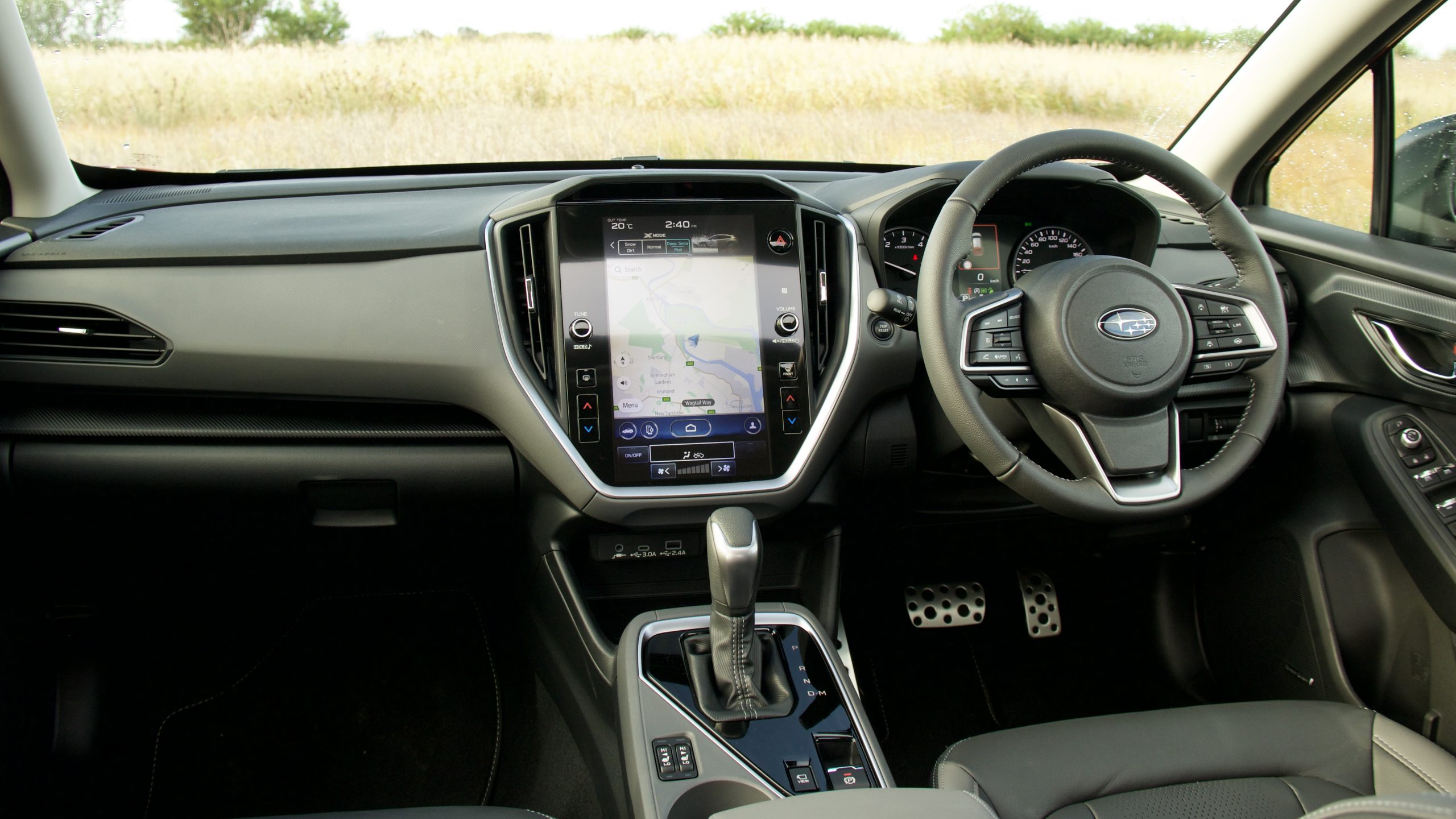
Centre of the cabin is an 11.6-inch touchscreen with wireless Apple CarPlay and Android Auto, satellite navigation and digital radio, though no live services for features like over-the-air updates and live traffic for the navigation. It’s identical to the system used in the Outback and Forester, so screen quality is good but it can be a bit slow to react to touch. The Crosstrek is the first Subaru to have a proper 360-degree camera, though it can’t be displayed at the same time as the reversing camera – we think that both features could be displayed on the huge centre screen without issue for better usability.
The 10-speaker Harman Kardon sound system is nicely punchy – if you’re a sound lover, definitely choose the Crosstrek S for it. The front cabin also features a – fairly useless in our experience – wireless phone charger, as well as USB-C and USB-A charging ports, an AUX port and even a 12V socket for lots of charging options. What would improve the cabin further would be a digital instrument cluster, which is currently offered in Japan-spec Outbacks. The current dials set up is fine, though looks almost identical to the unit used in the XV and can be a touch overwhelming thanks to the amount of information displayed.
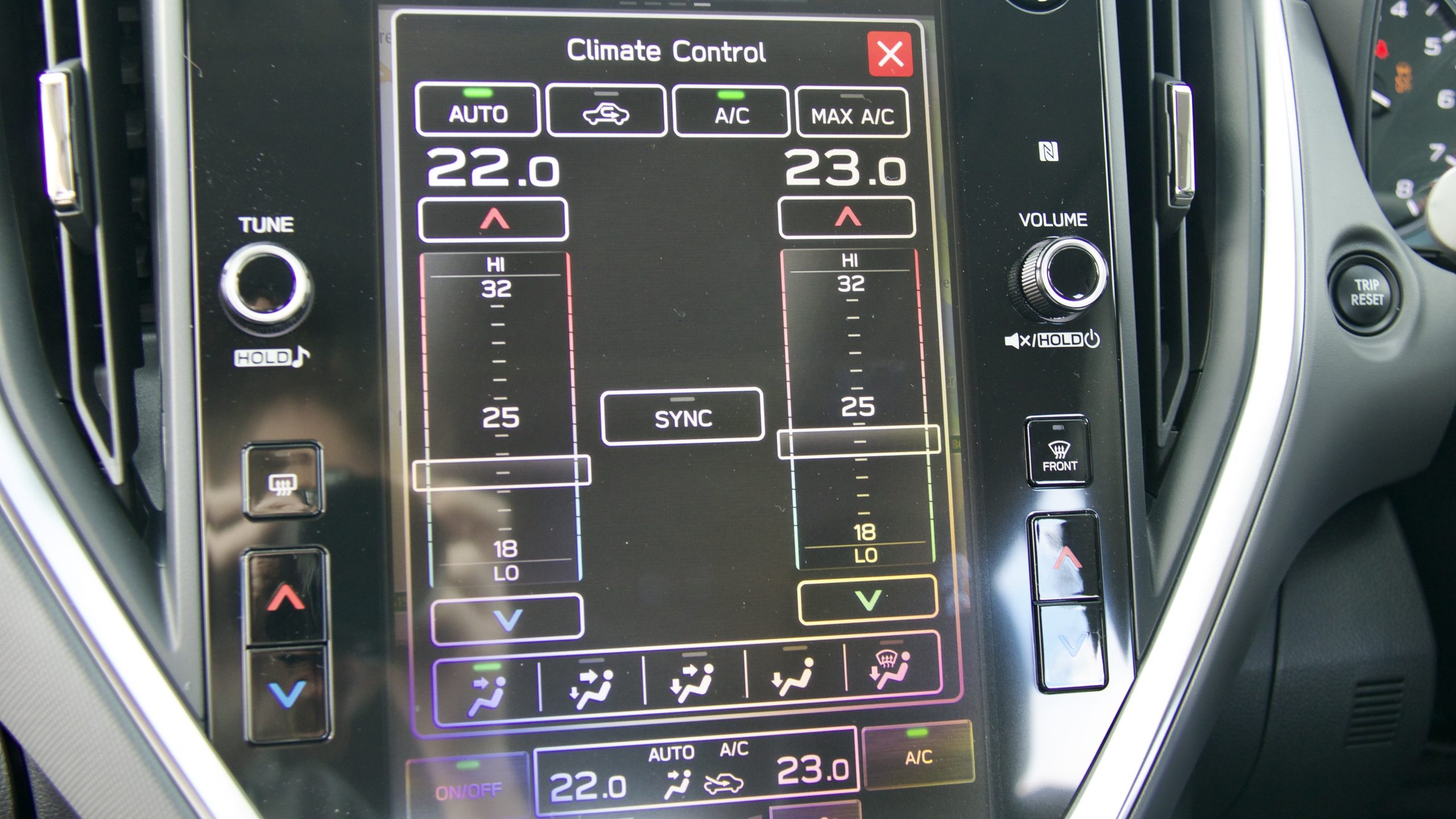
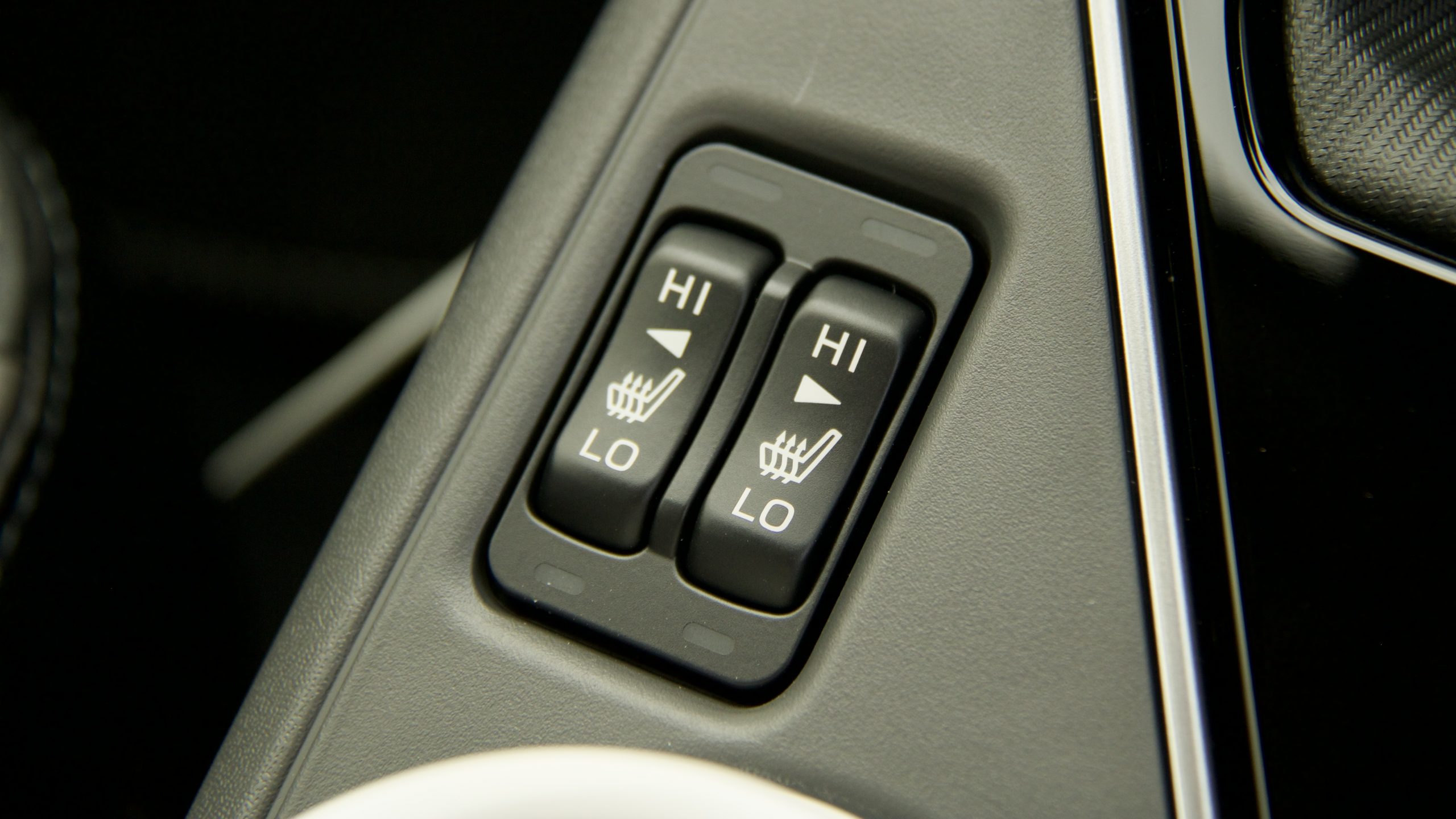
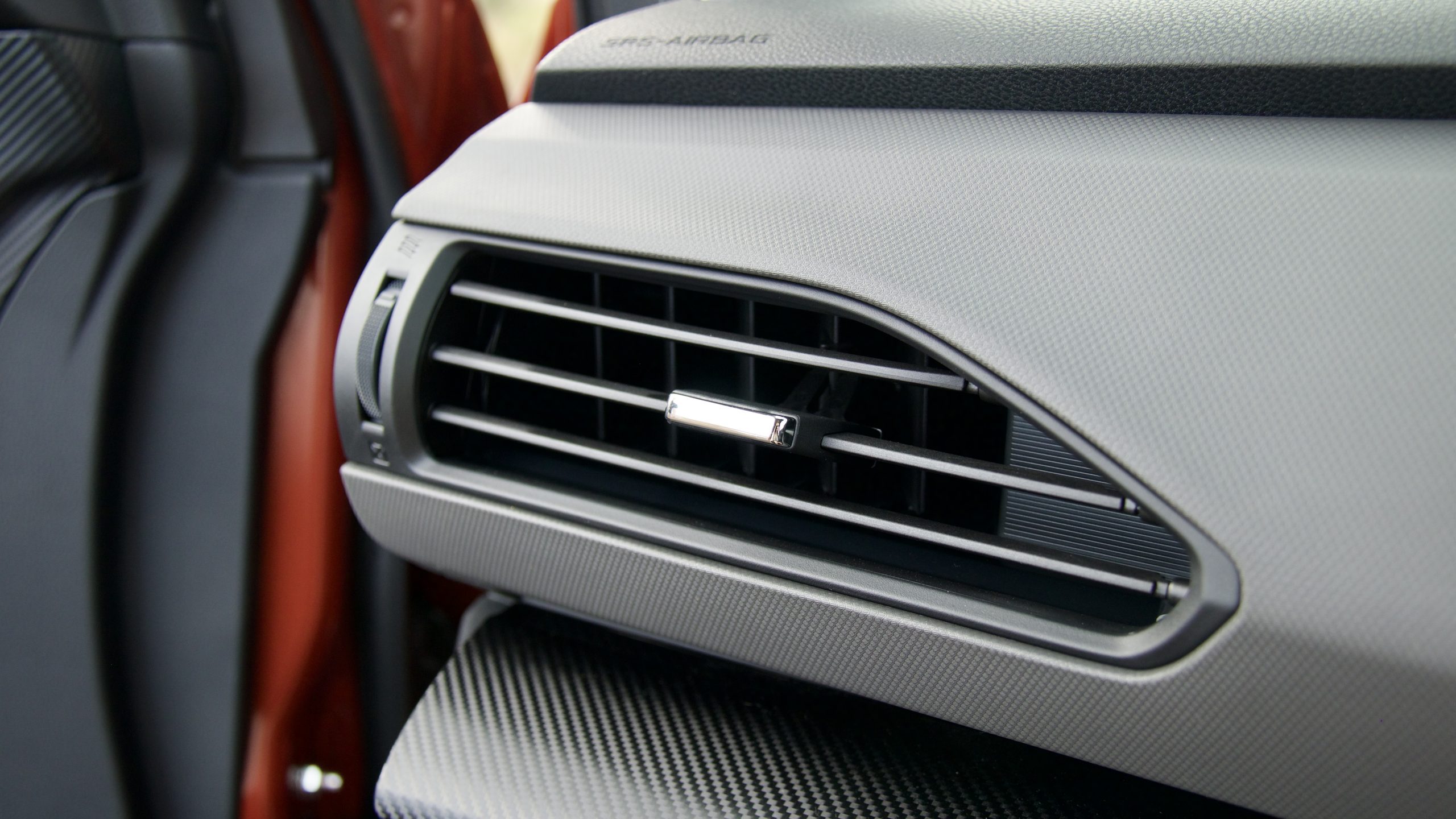
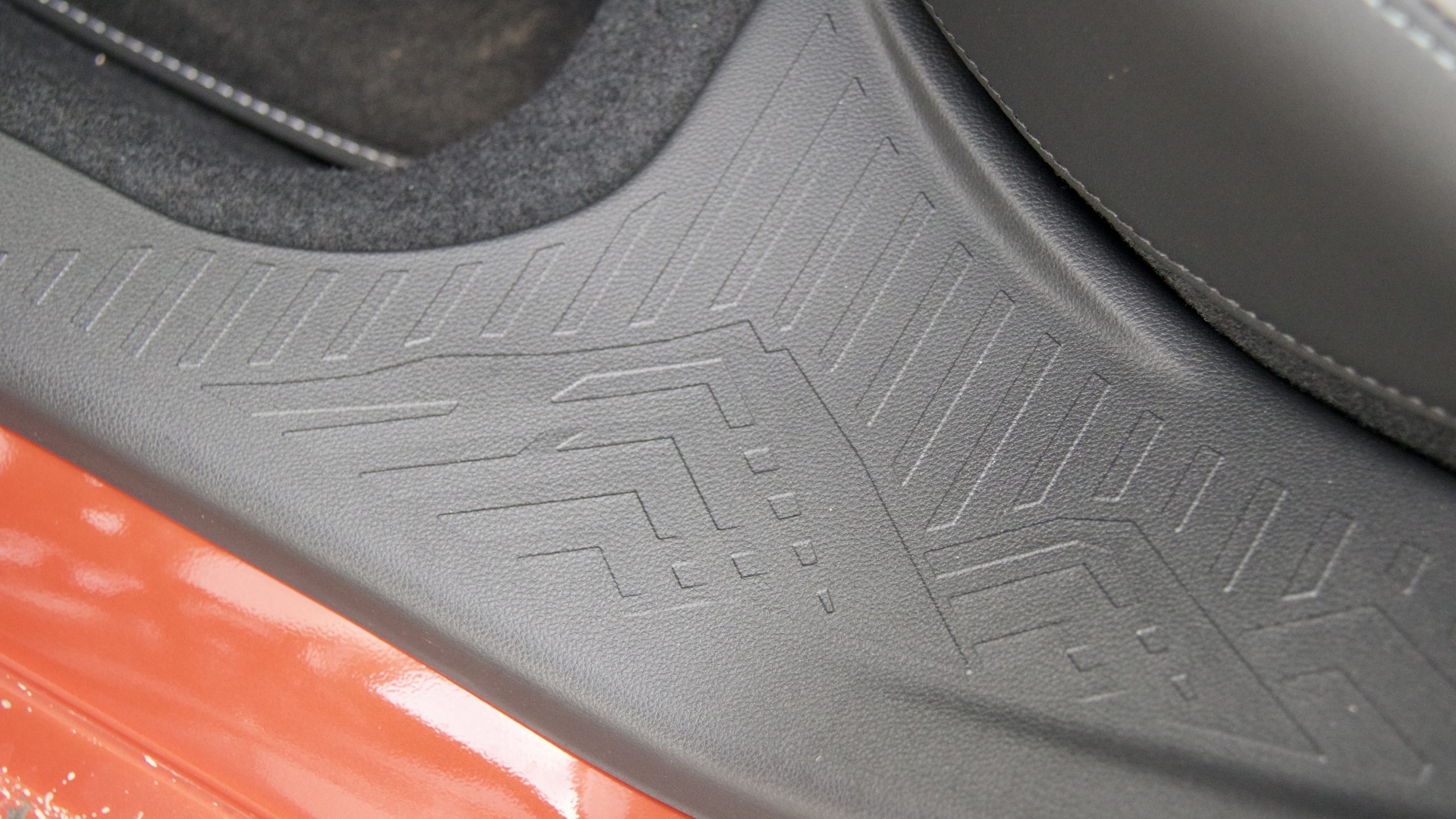
As you’d expect for a Subaru, the cabin of the Crosstrek is quite practical with reasonable door bins, a big glovebox, a big box underneath the centre armrest, a handy slot ahead of the centre box which can fit a wallet or pair of sunglasses, big cup holders in the centre console and a big tray underneath where the wireless phone charger lives.
The back seat of the Crosstrek is not huge, but will fit two adults fine. It’s actually a bit roomier than the XV thanks to the wheelbase increase, and while it’s not as roomy as the Corolla Cross, it’s airier than the somewhat claustrophobic CX-30. As for features, there are some door pockets, one map pocket, a centre armrest with cup holders and two USB charging ports – but no air vents, heated seats or a second map pocket. Annoyingly too, the soft plastics from the front don’t continue to the rear.
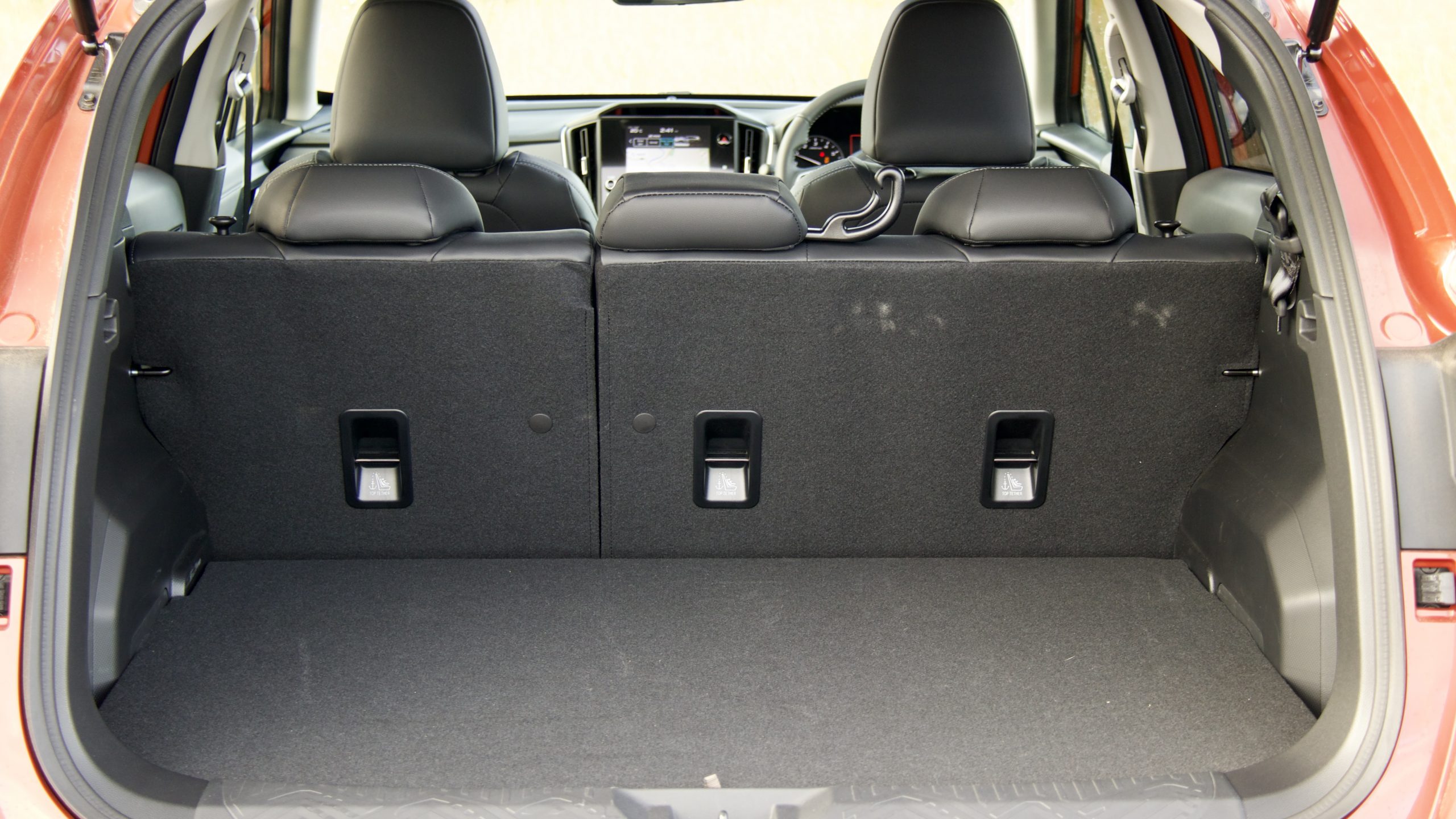
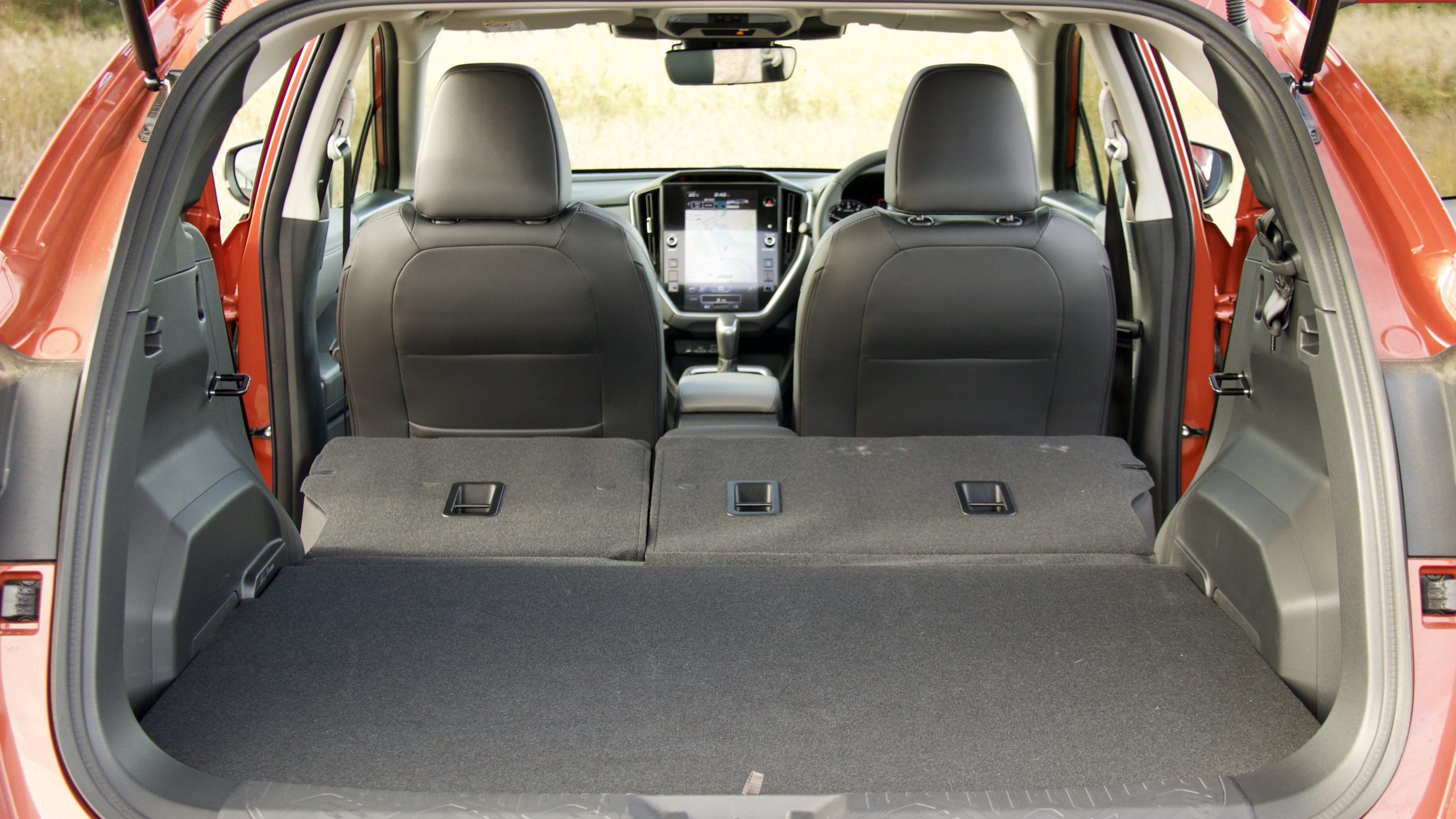
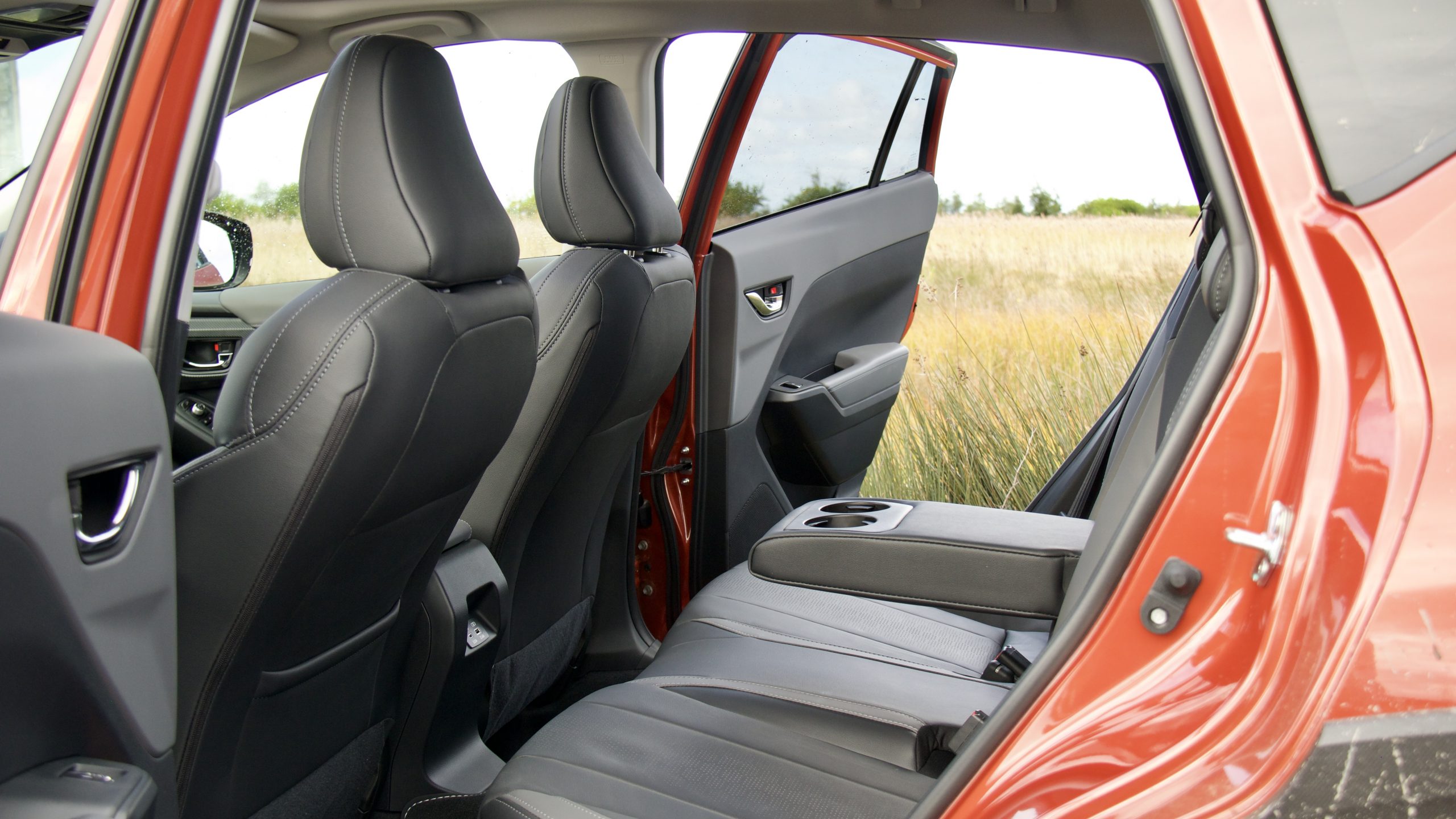
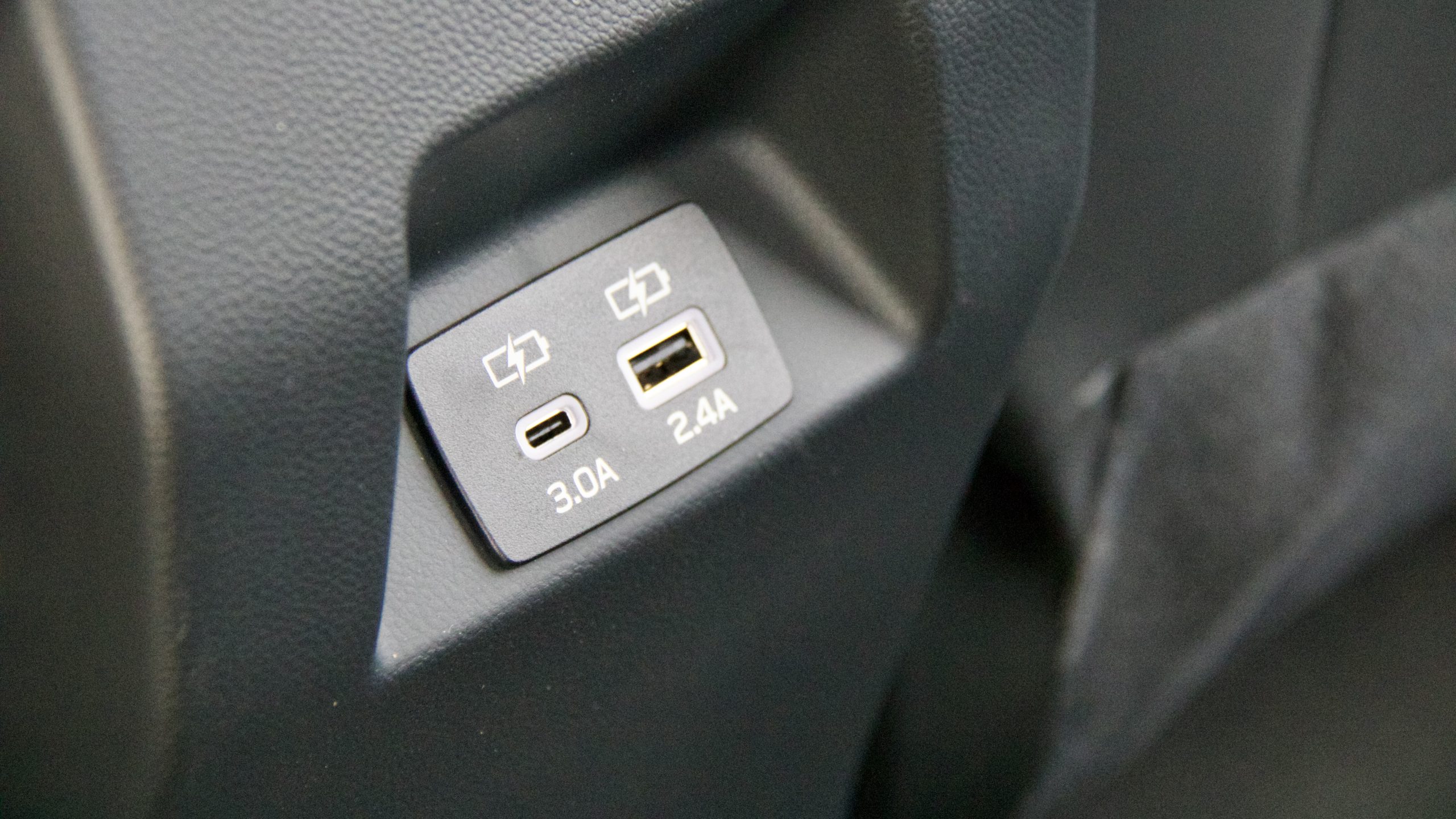
The boot of the Subaru Crosstrek is not its strongpoint at just 291-litres with the seats up and 1,261L with the seats folded – that’s against the 317L CX-30 and 390L Corolla Cross GXL Hybrid AWD. Because the wheelbase was lengthened, the boot space is actually smaller than the XV it replaces and like the XV, the Crosstrek also features a high boot lip and the boot floor is quite high as well. Underneath the boot floor lies a space saver spare wheel, while there is also some side storage.
Service & Warranty: 8/10
Like other new Subaru models, the 2023 Subaru Crosstrek is covered by a five-year/unlimited km warranty with 12 months of roadside assistance. It has once-yearly/15,000km service intervals and five years/75,000km of servicing costs $2,373 ($474 per service).
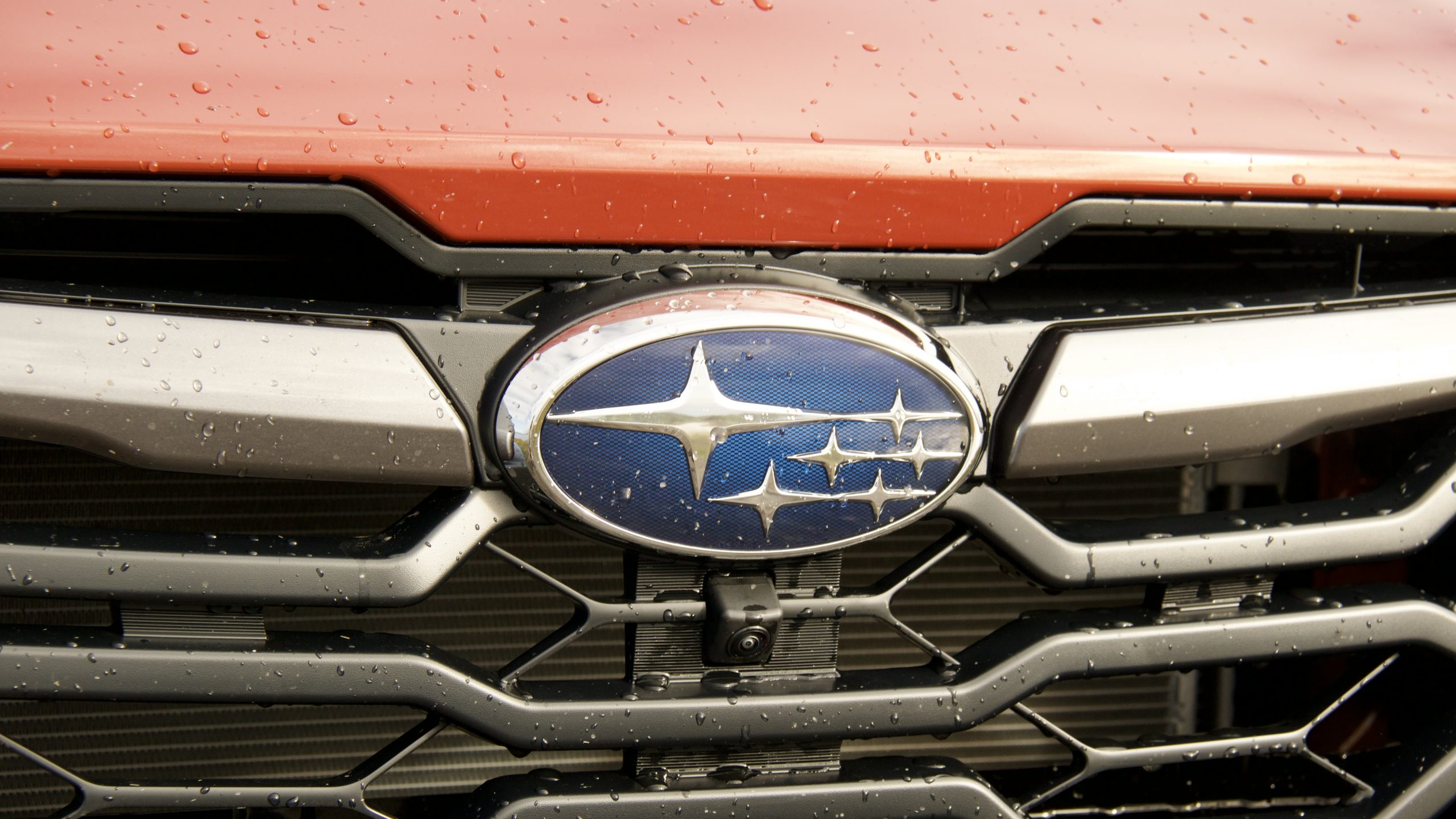
Both Mazda and Toyota also offer five-year/unlimited km warranties – Mazda offers five years of roadside assistance, whereas Toyota gives none – and Toyota gives you two extra years of mechanical warranty if serviced at a Toyota dealer and up to an extra five years (10 years in total) for the hybrid system if a yearly battery check is performed. Five years/50,000km of servicing the CX-30 costs $2,048 ($409 per service) and the Corolla Cross costs just $1,250 ($250 per service) – the Subaru and Toyota both have longer 15,000km service intervals, versus the CX-30’s 10,000km intervals.
The 2023 Subaru Crosstrek 2.0S DiscoverAuto Rating: 7.8/10
Overall, the 2023 Subaru Crosstrek 2.0S is a fine case of evolution, not revolution. It builds on the XV that it replaced with more technology, better driving dynamics, more off-road capability and extra aftersales convenience thanks to longer service intervals. Like the XV, it’s quite comfortable, practical, good value for money and, as you’d expect for a Subaru, features a long list of standard safety equipment. As for folks coming from an XV, the Crosstrek will feel nicely familiar – though, perhaps, a bit too familiar, and both the CX-30 and Corolla Cross provide different takes on the small SUV recipe.
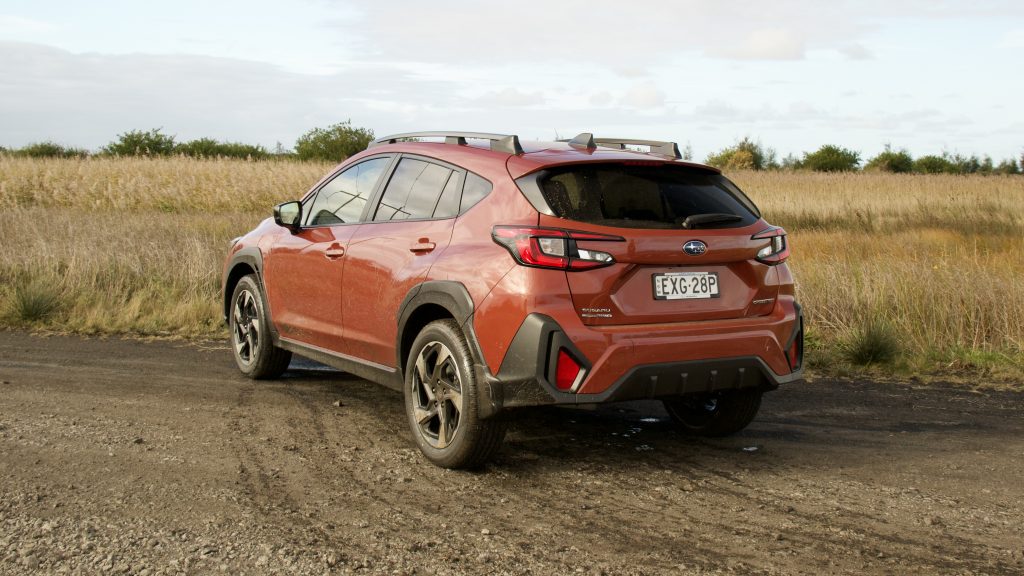
The biggest issue for us is the carried over drivetrain, which isn’t quick compared to rivals and it can be thirsty. The Crosstrek also carried over the XV’s other biggest issues – like its small boot – when it could have been an opportunity to change its recipe further. But it isn’t not broken, why fix it? Overall, the Crosstrek is still quite a likeable product with an off-road USP in its segment, but like with everything else in life, make sure it meets your needs before committing.
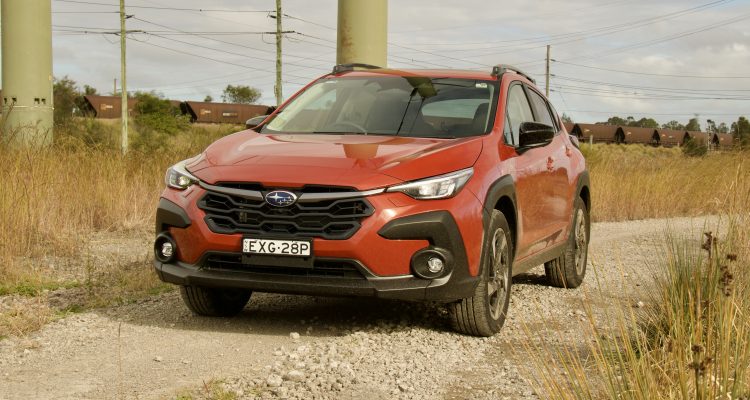
Leave a Reply